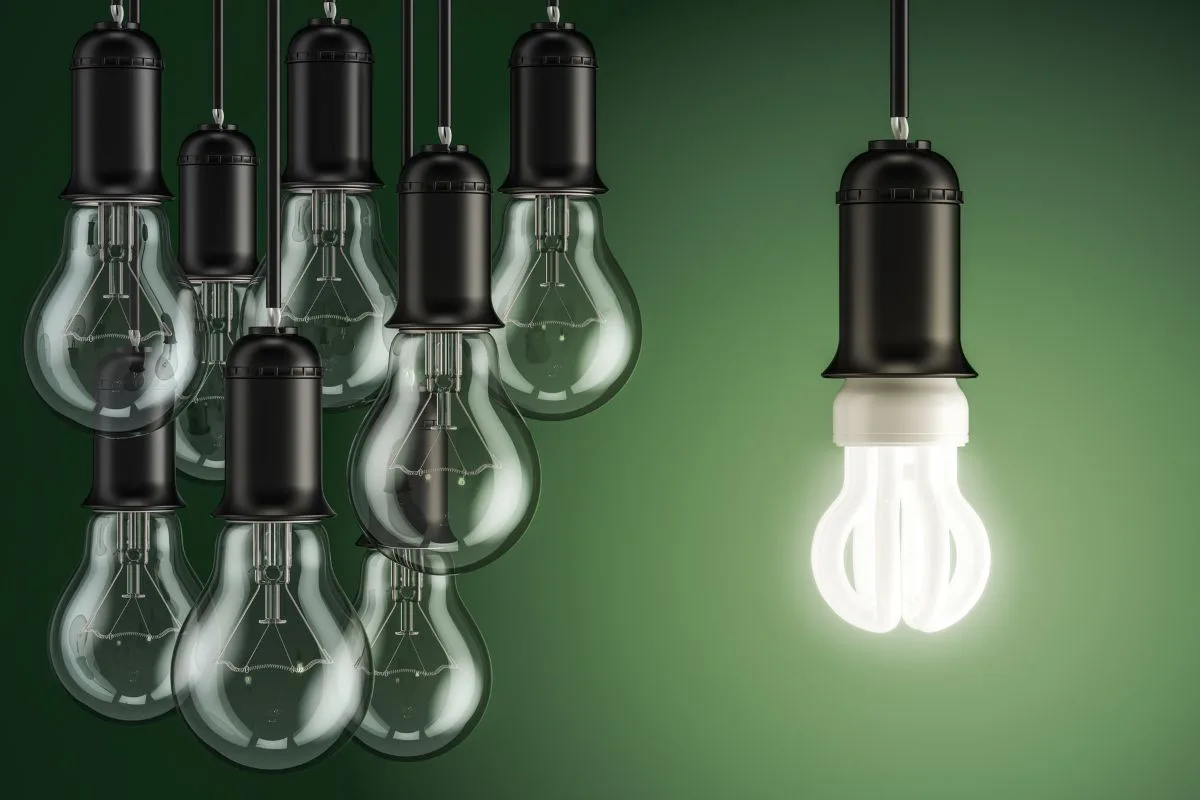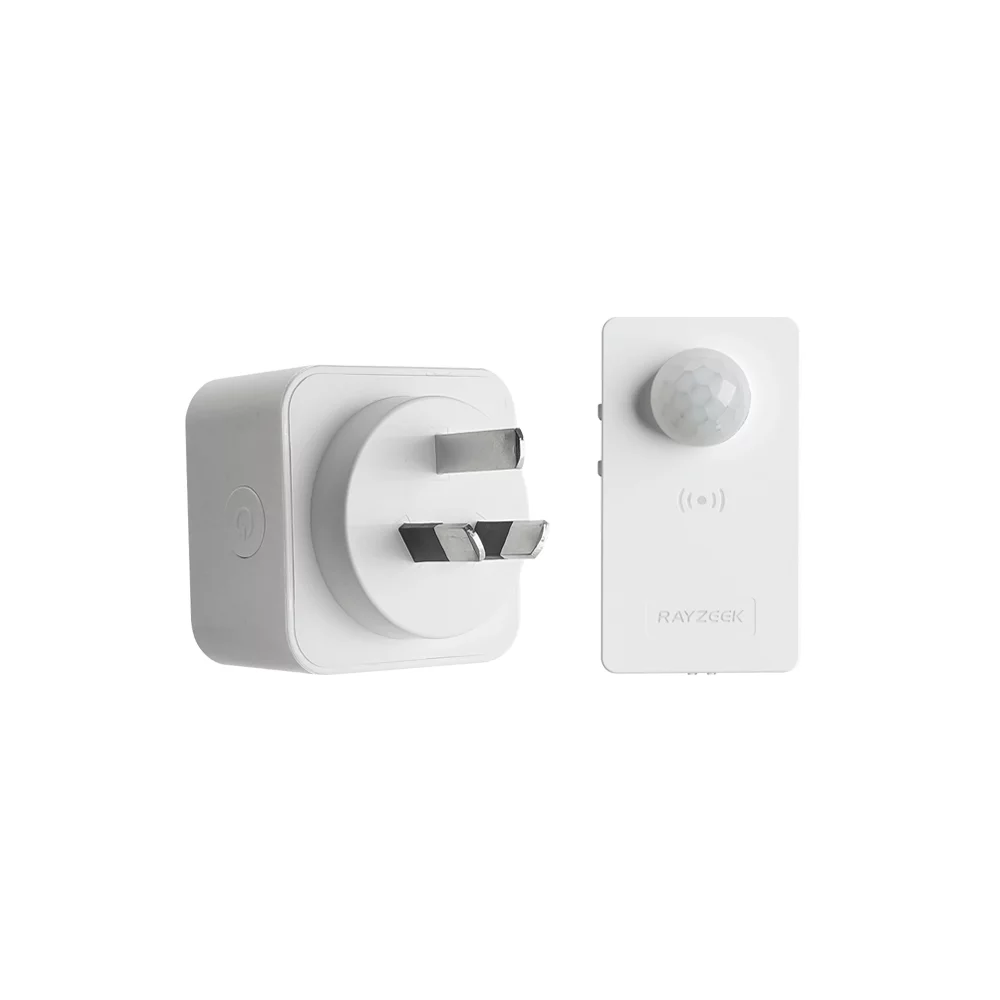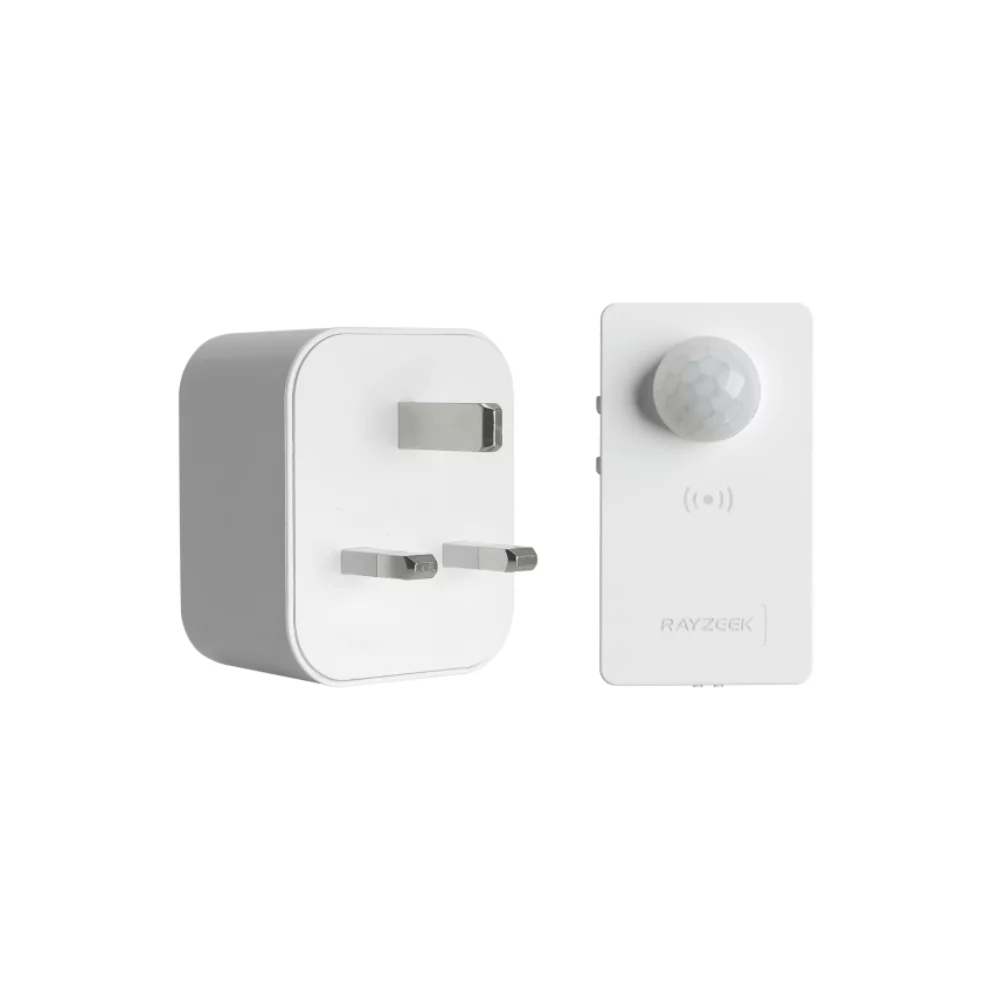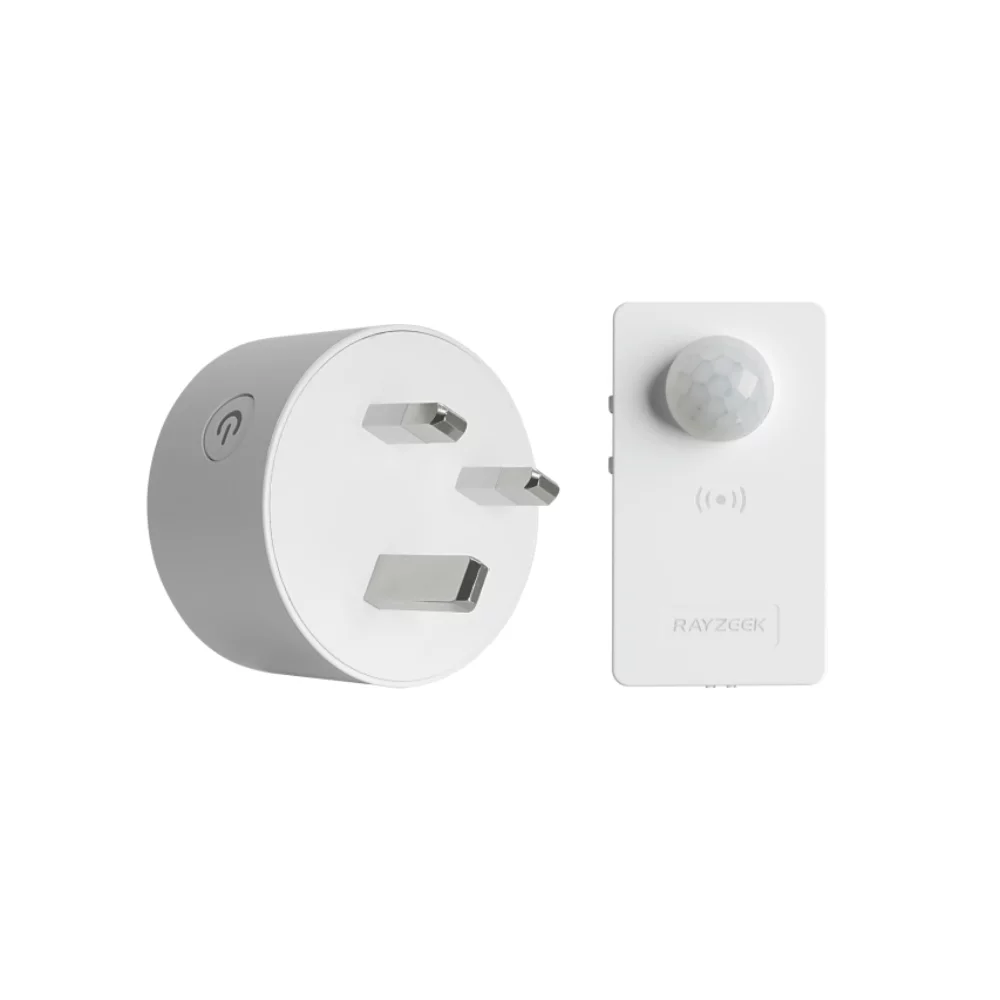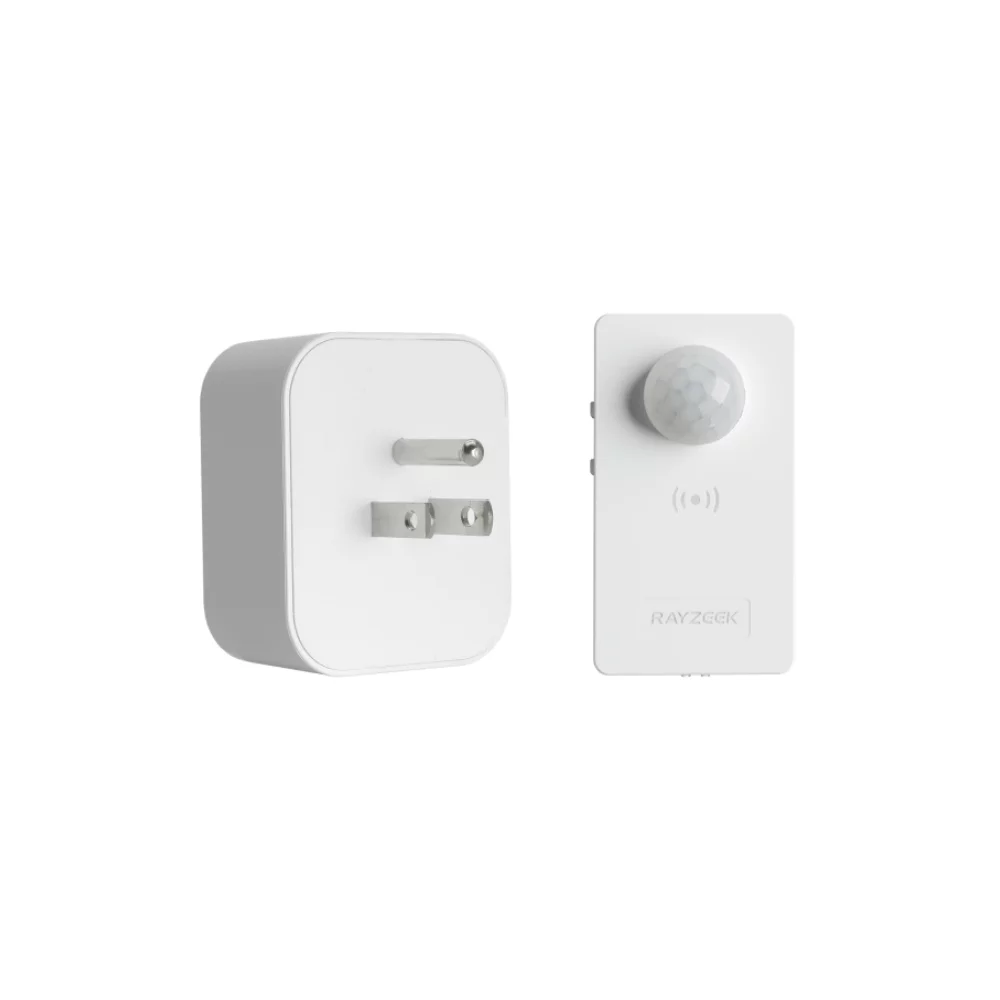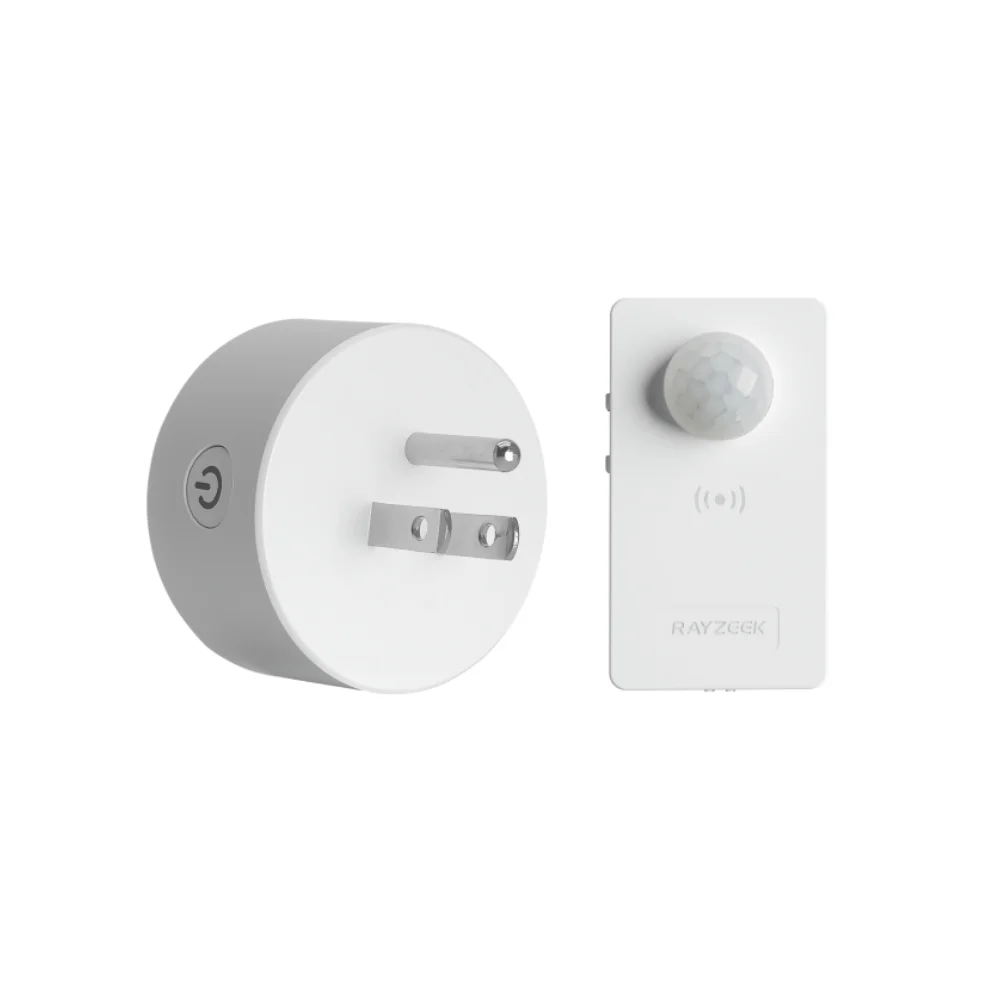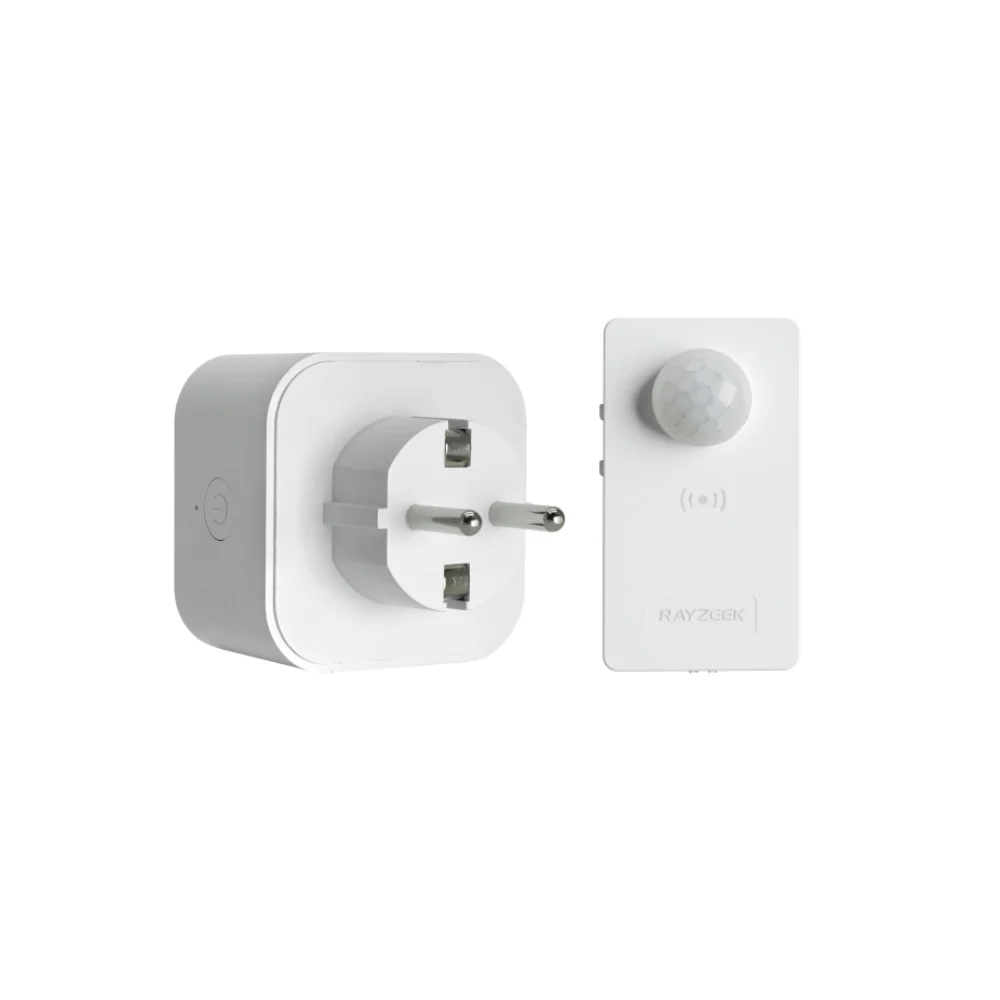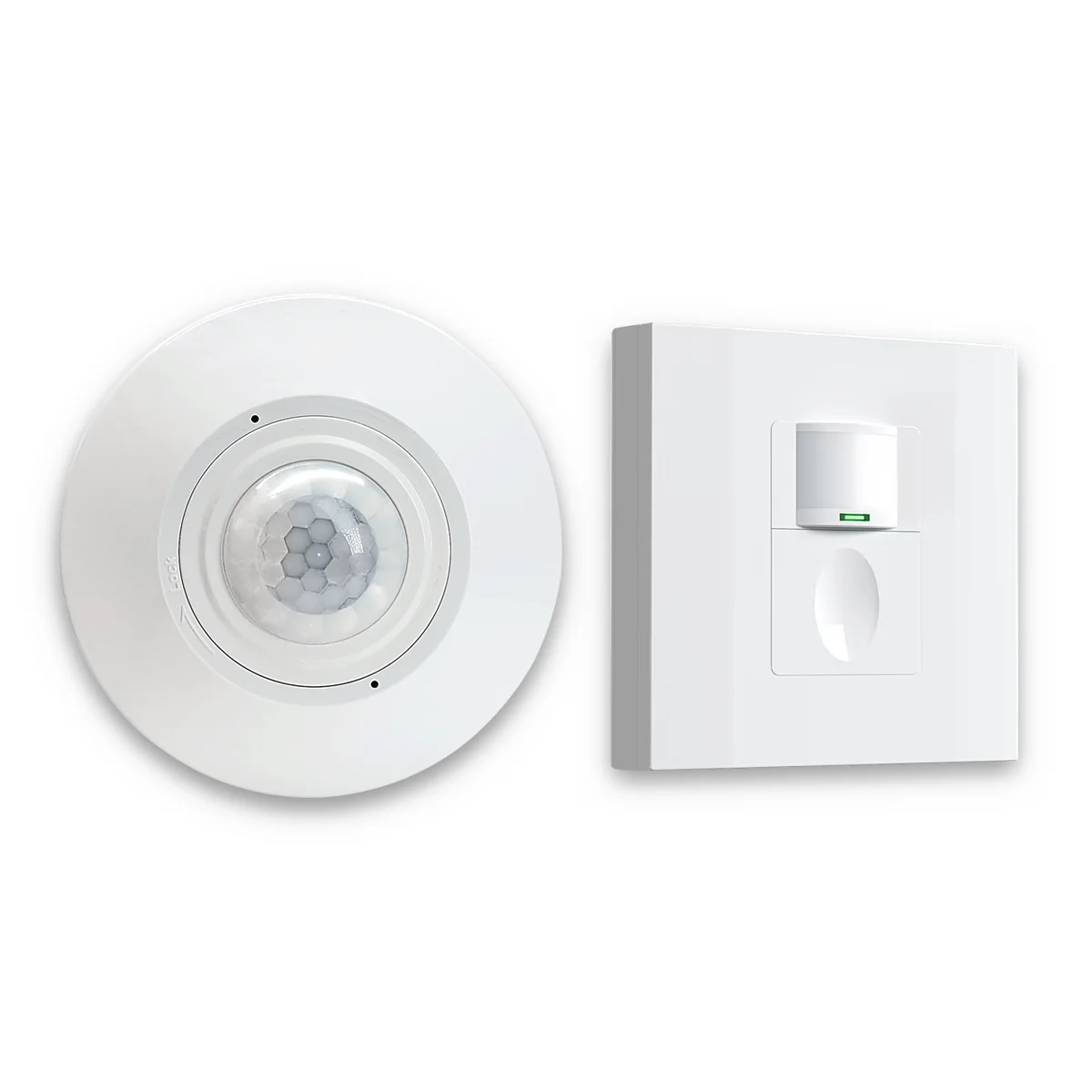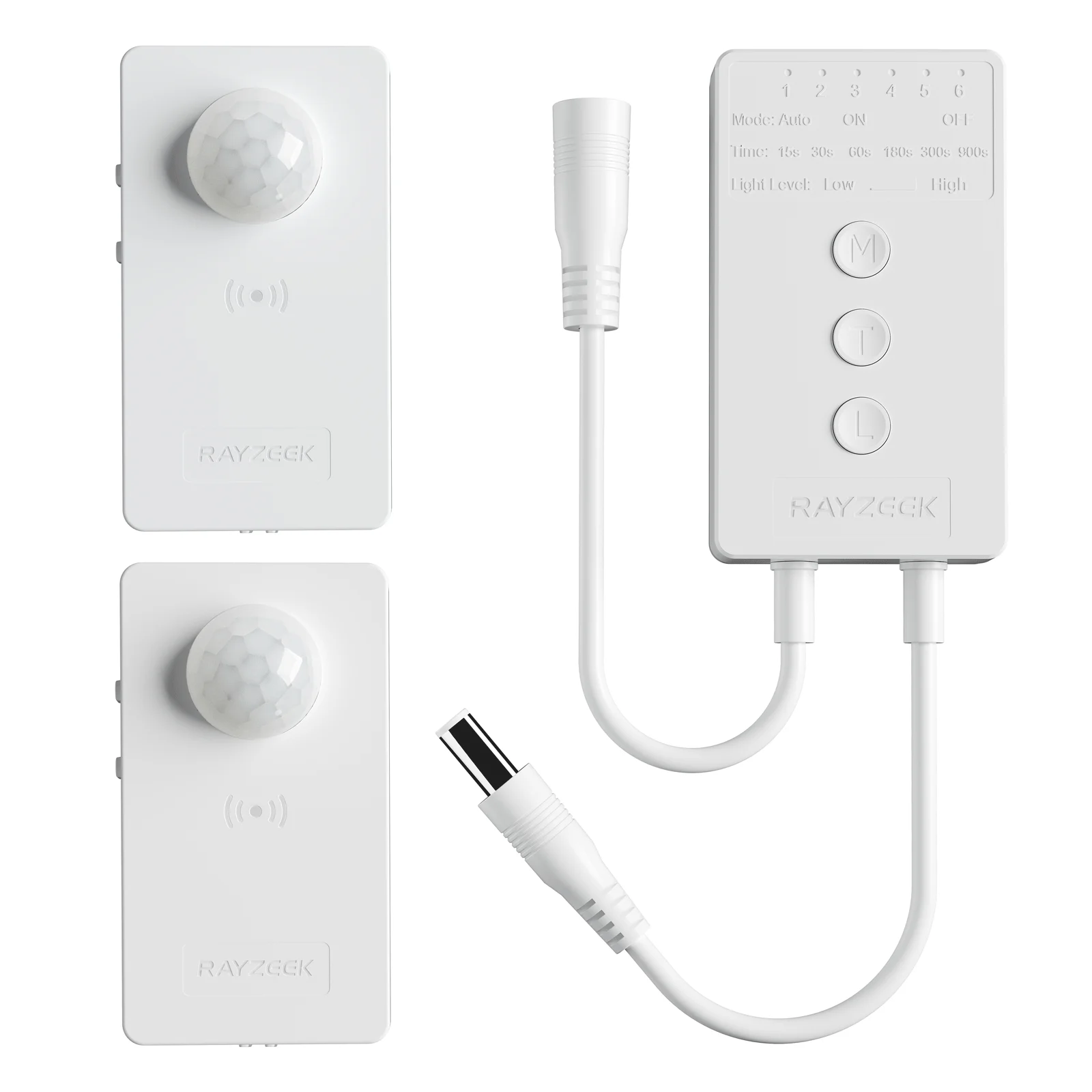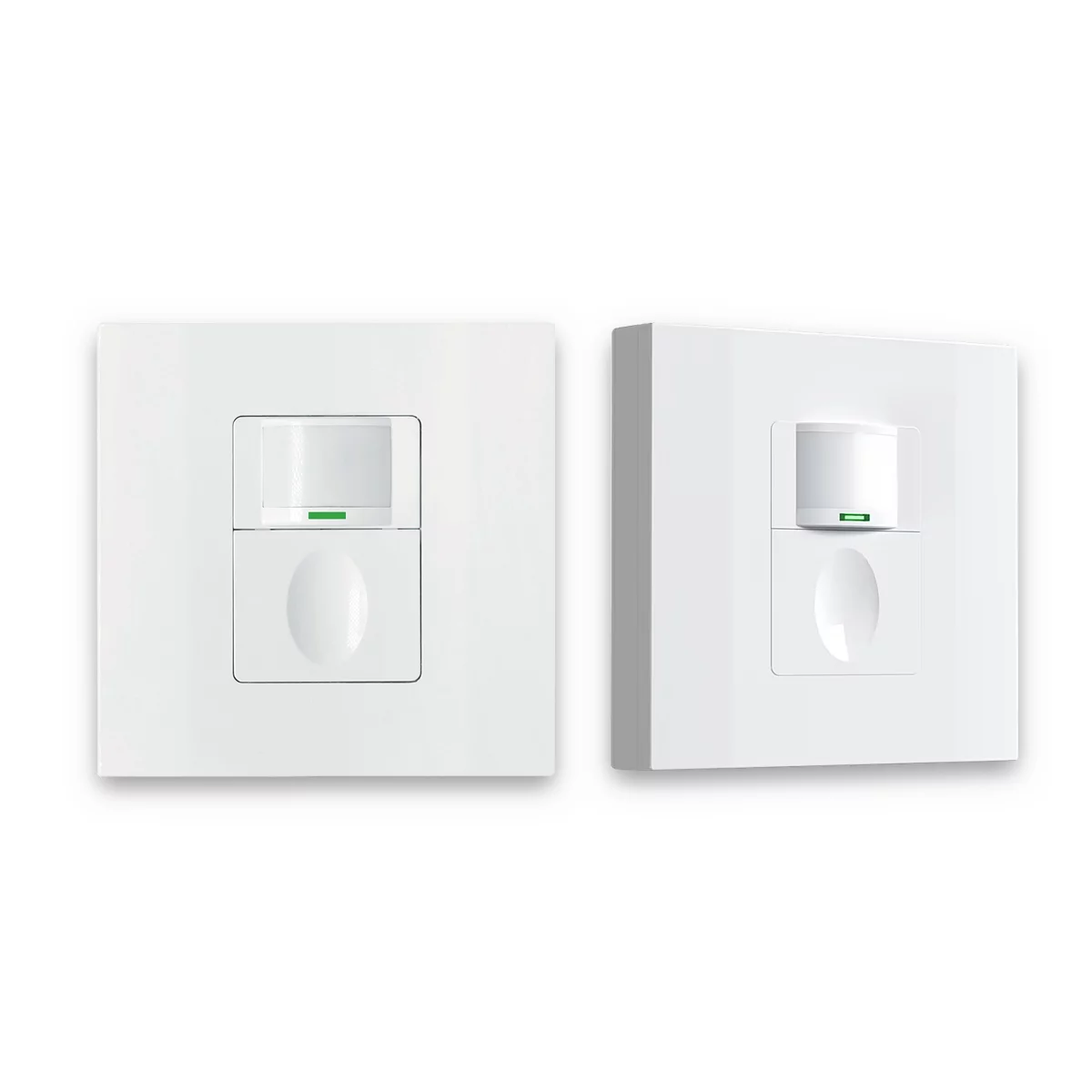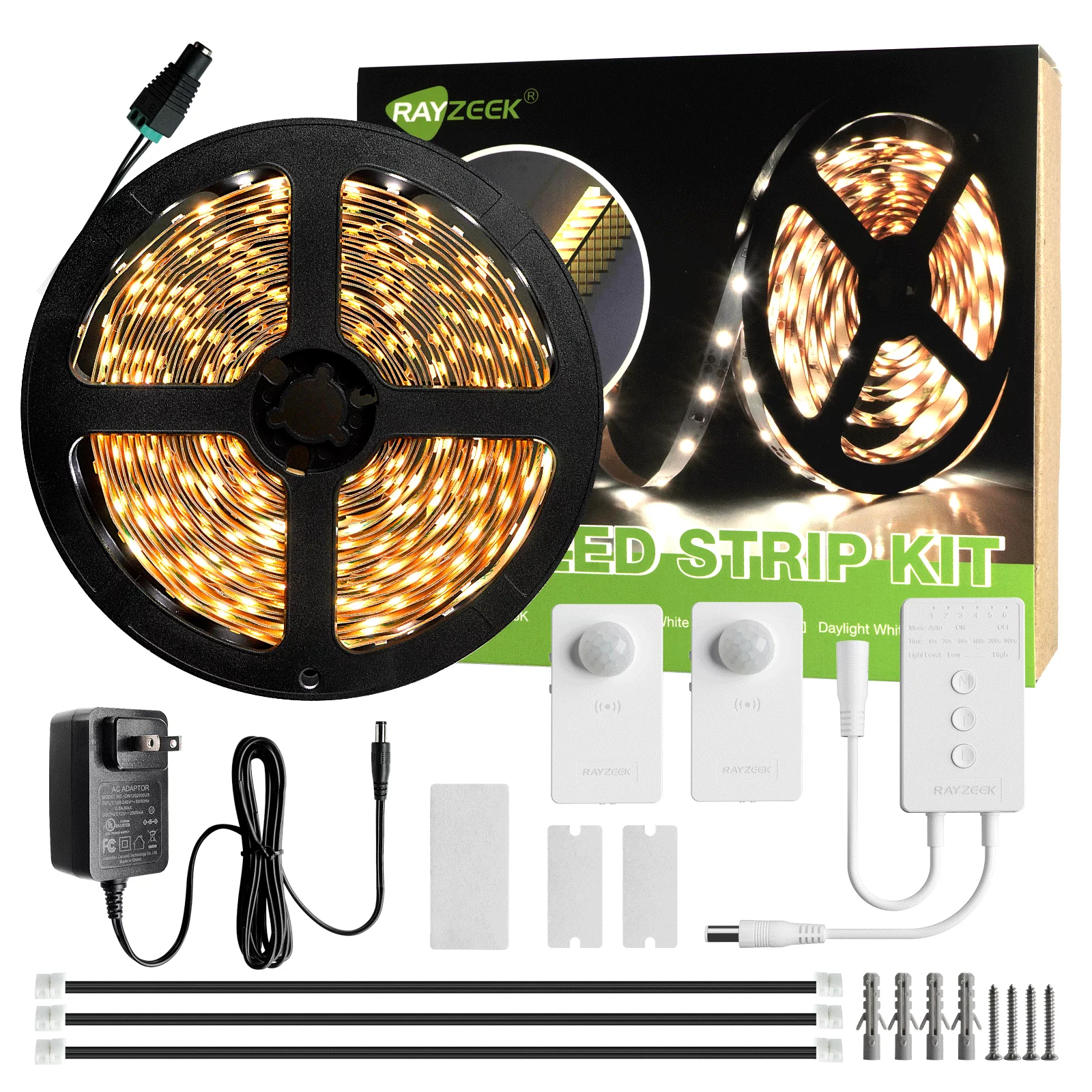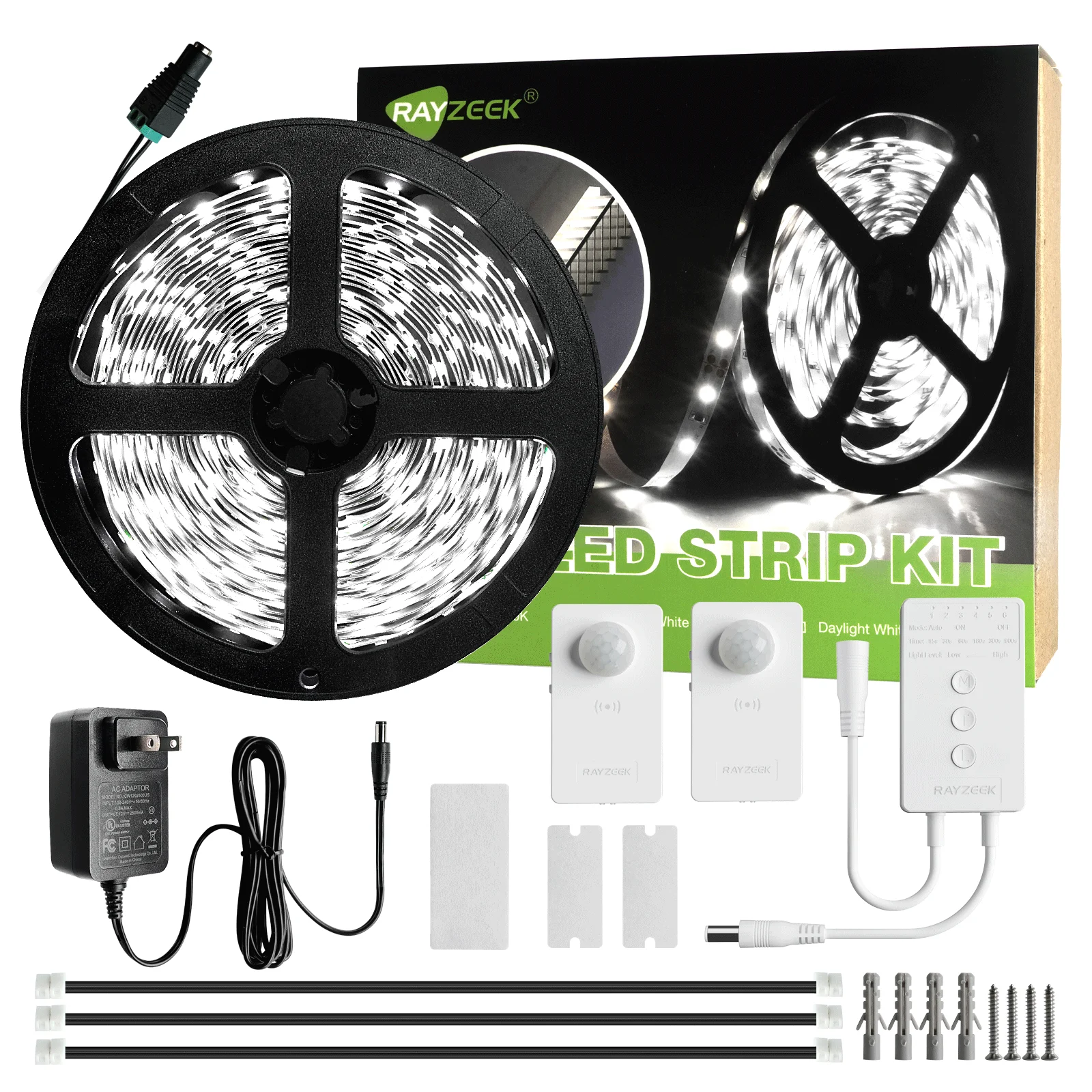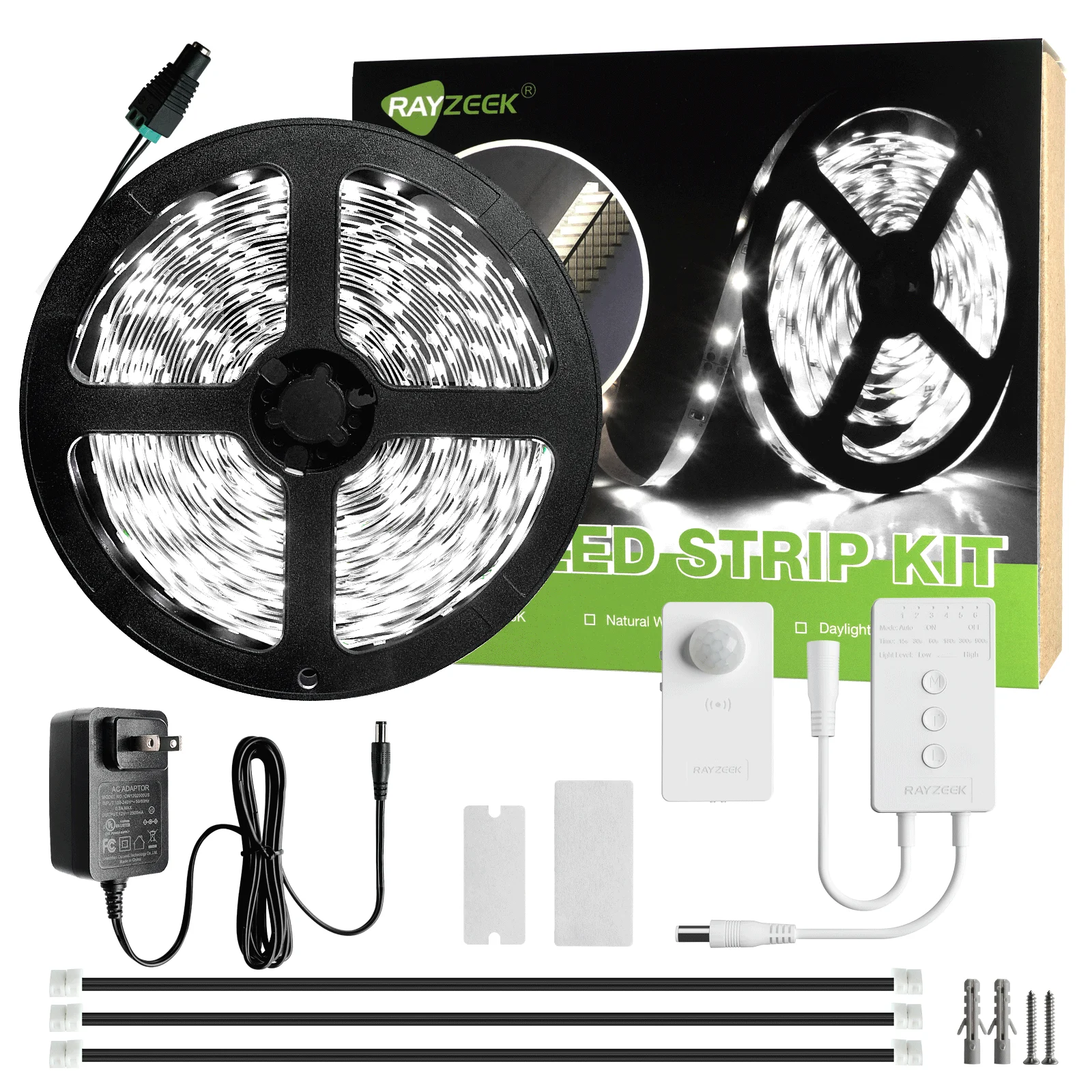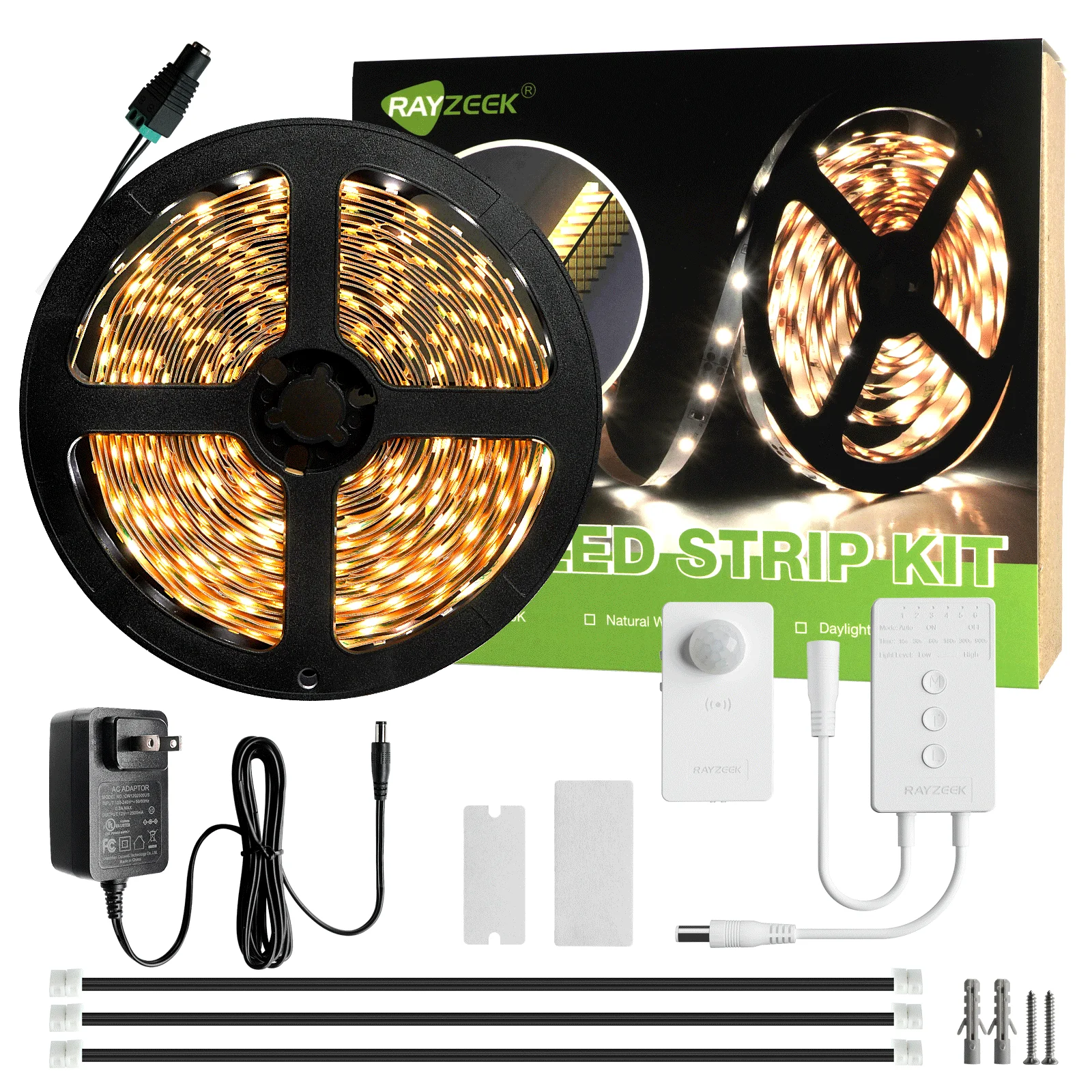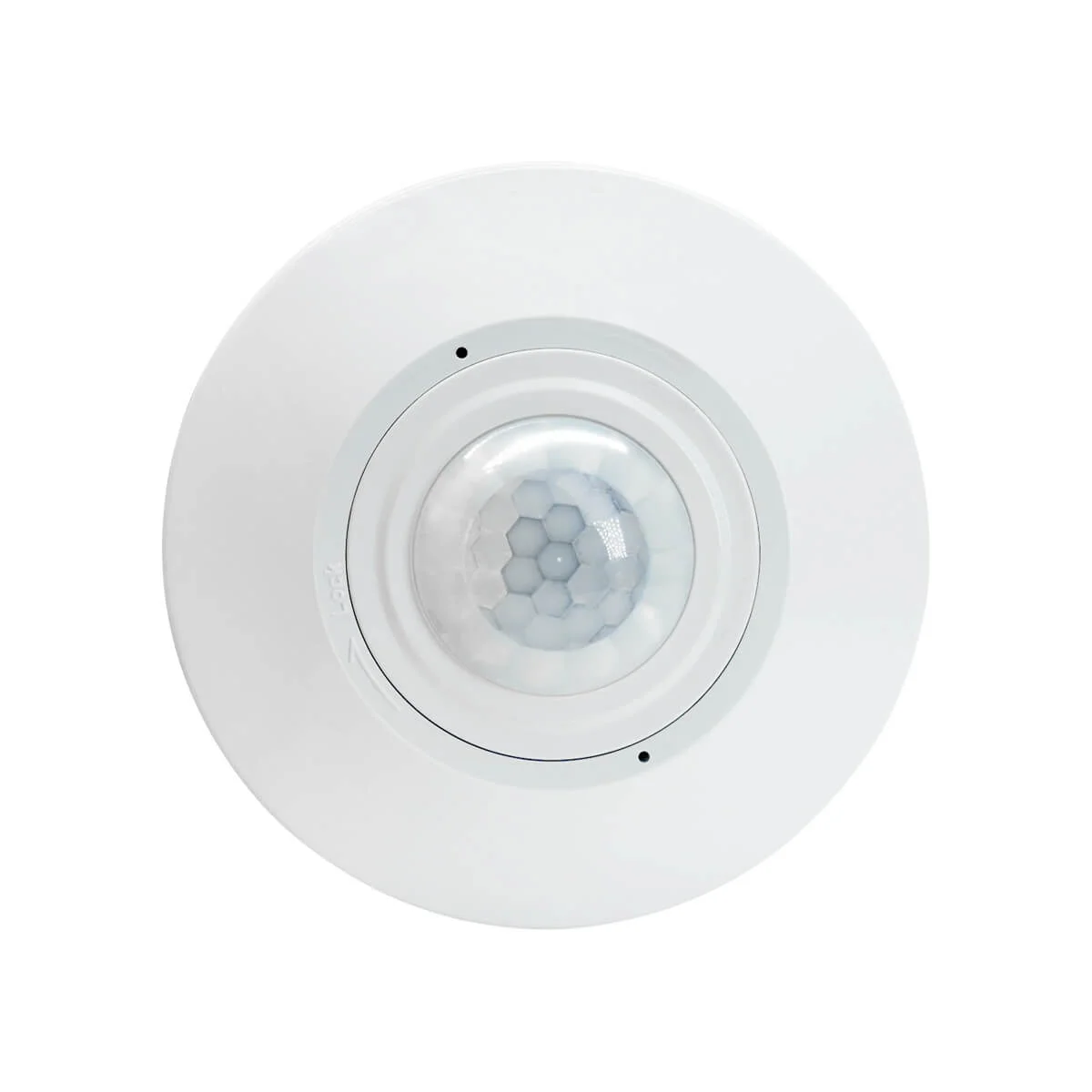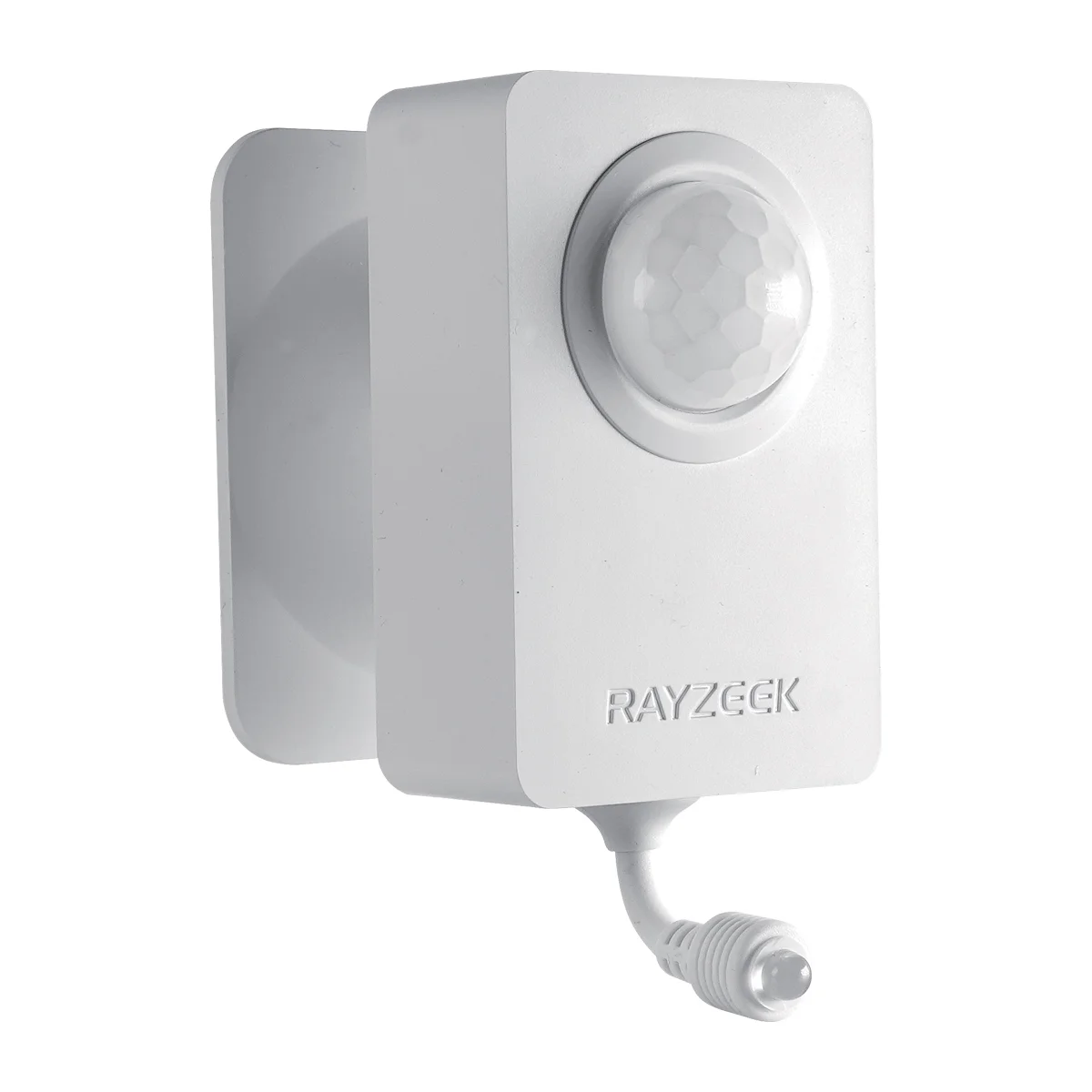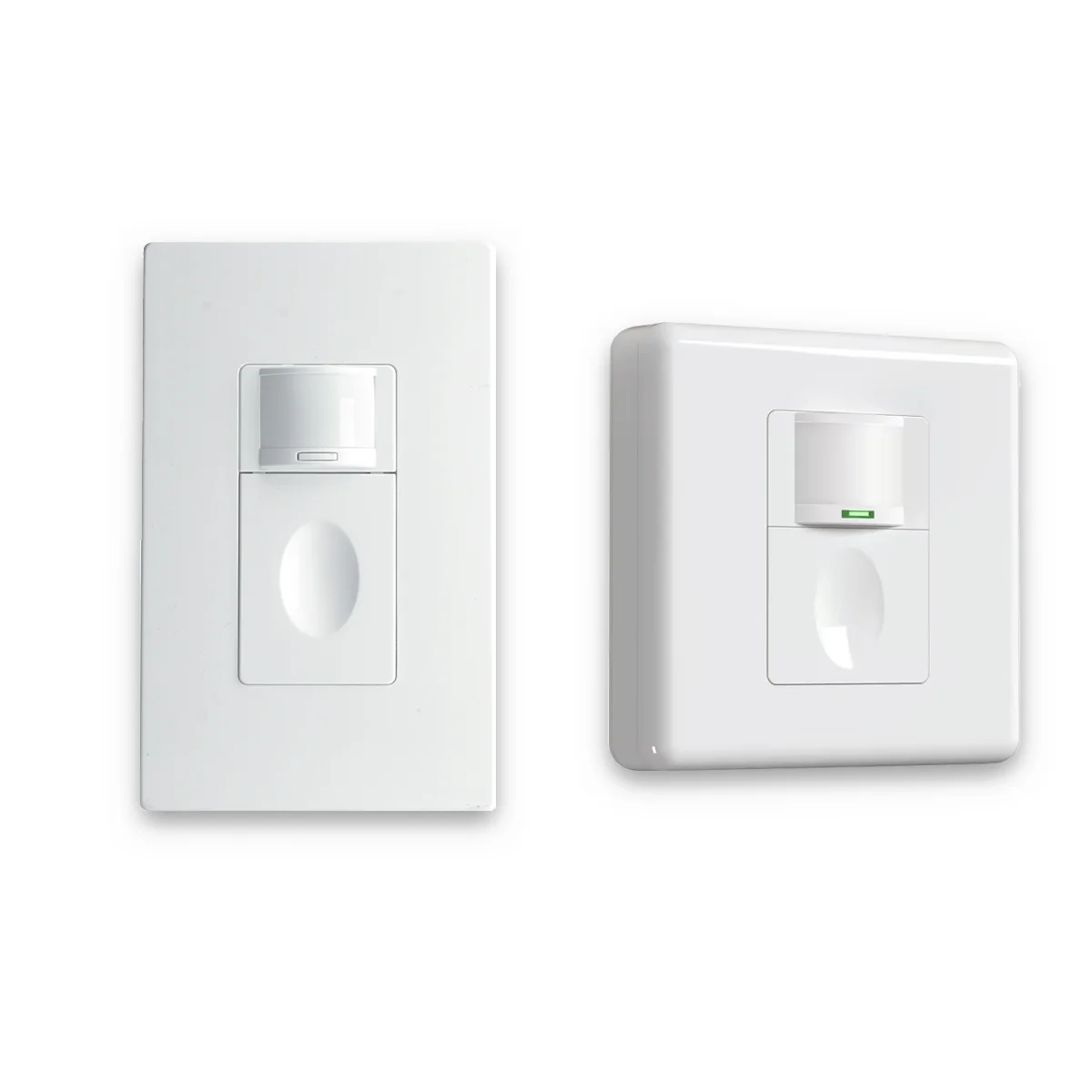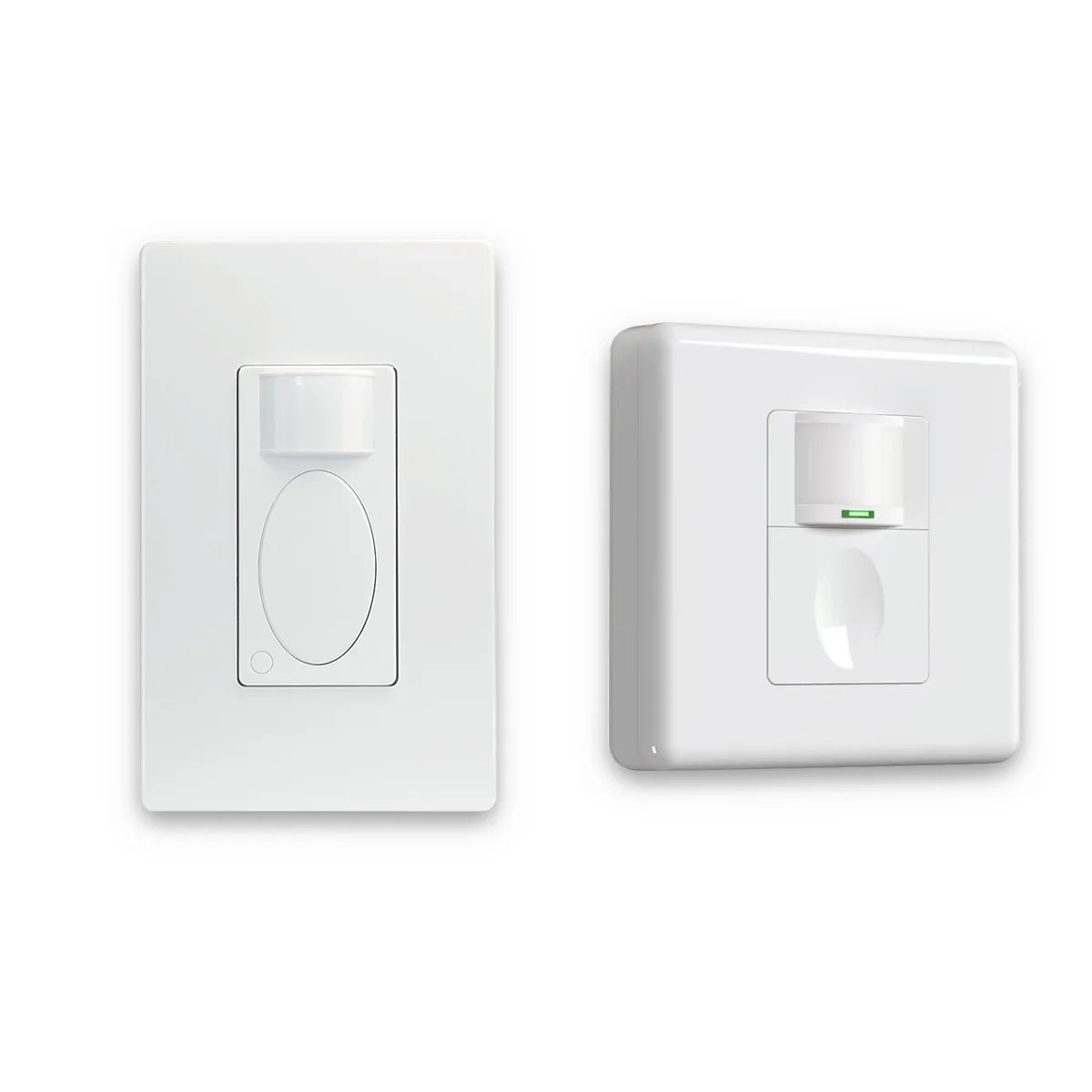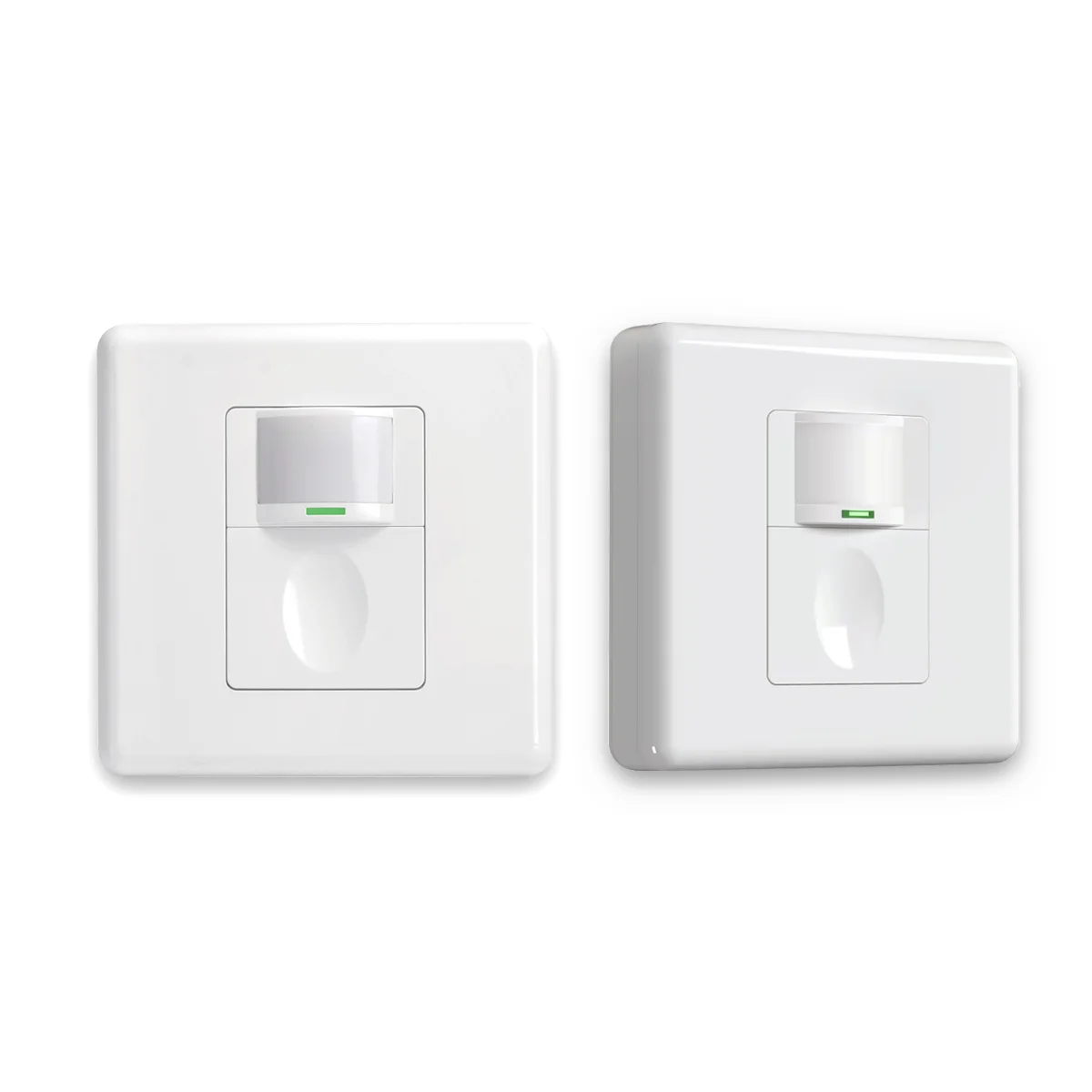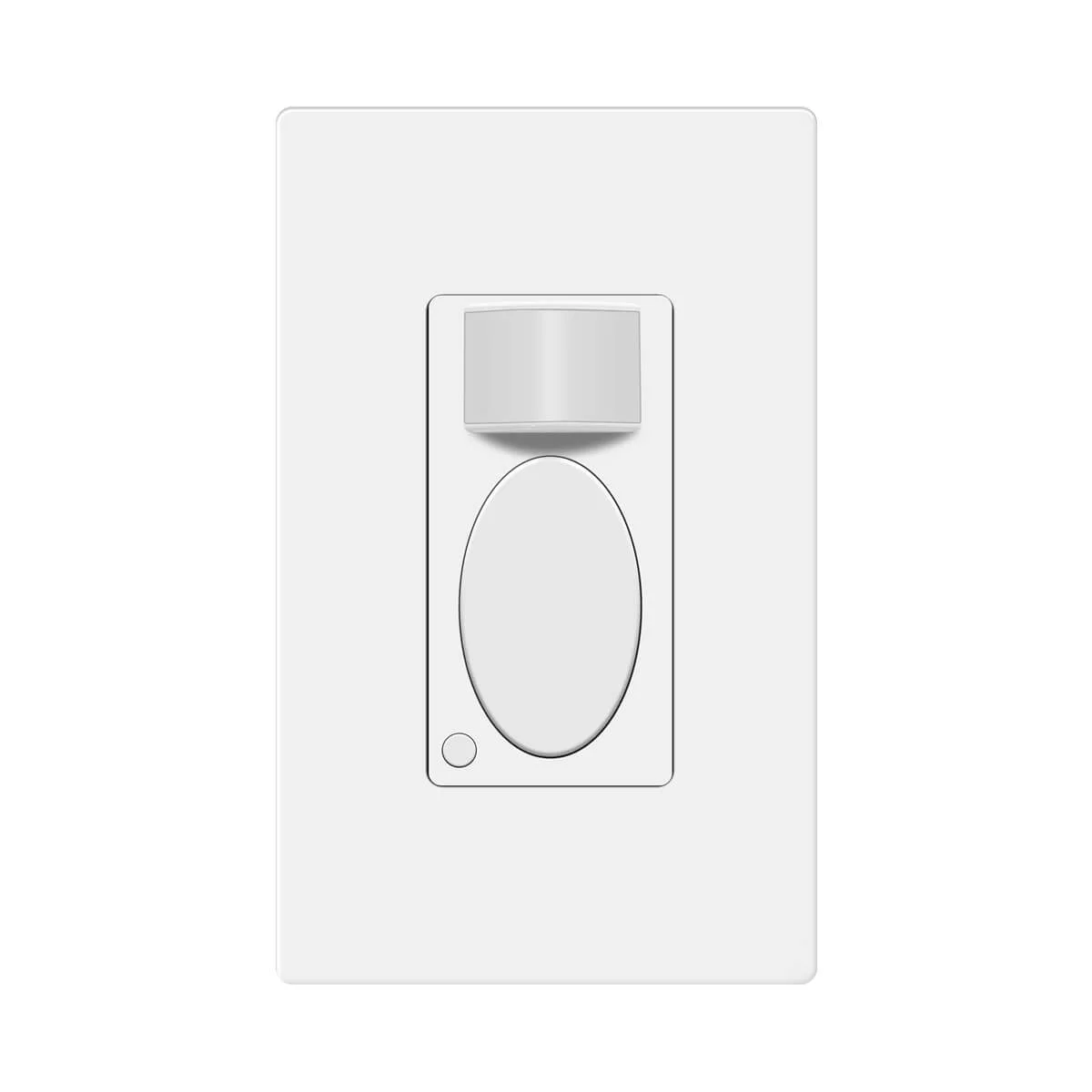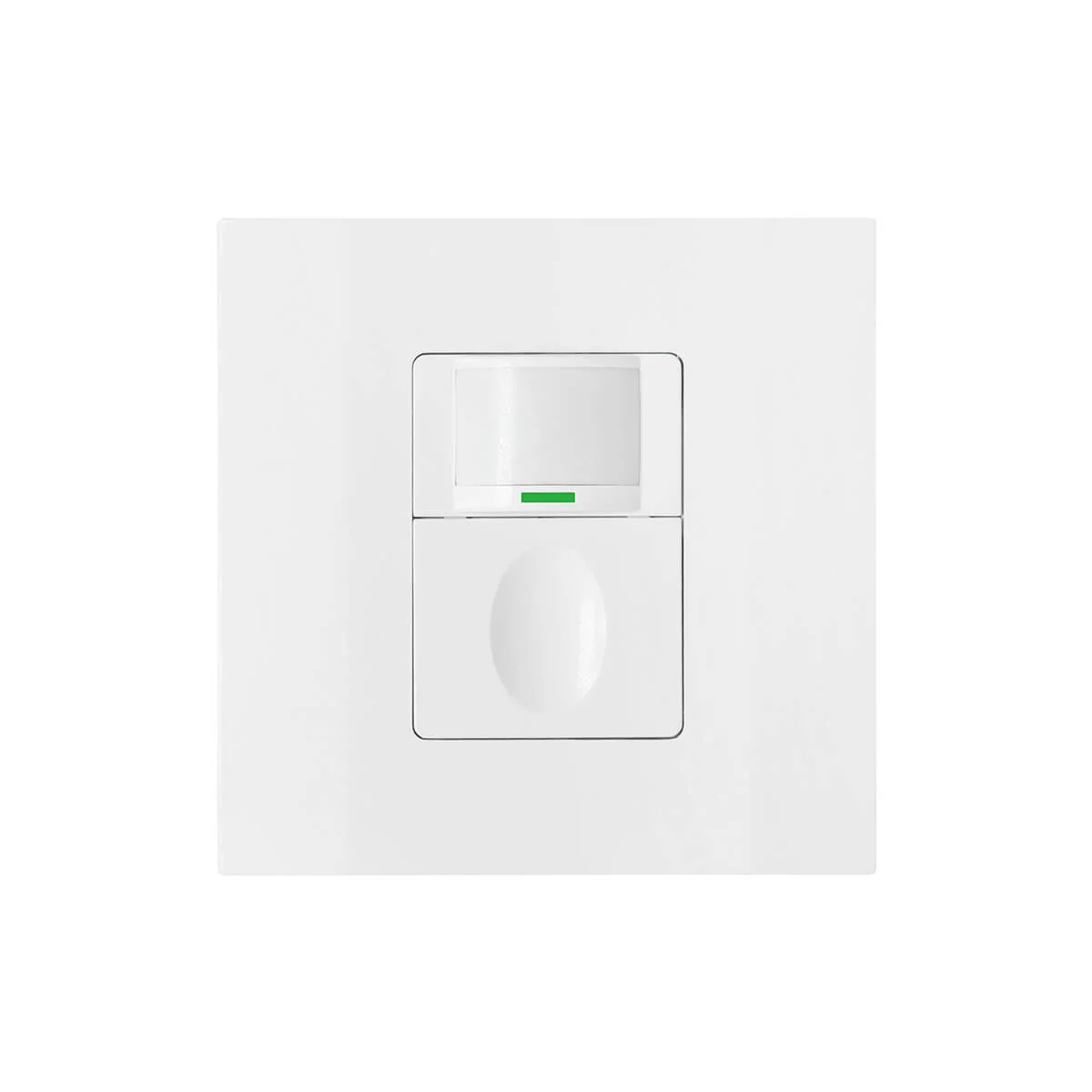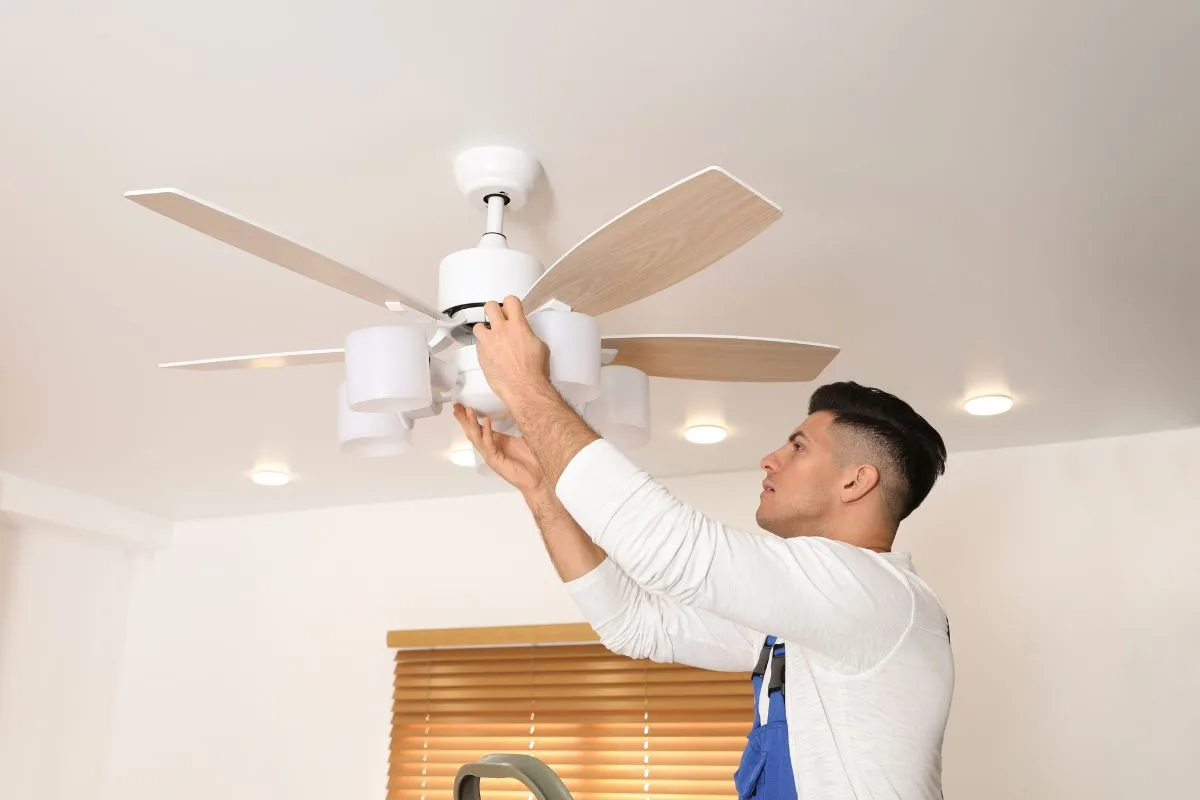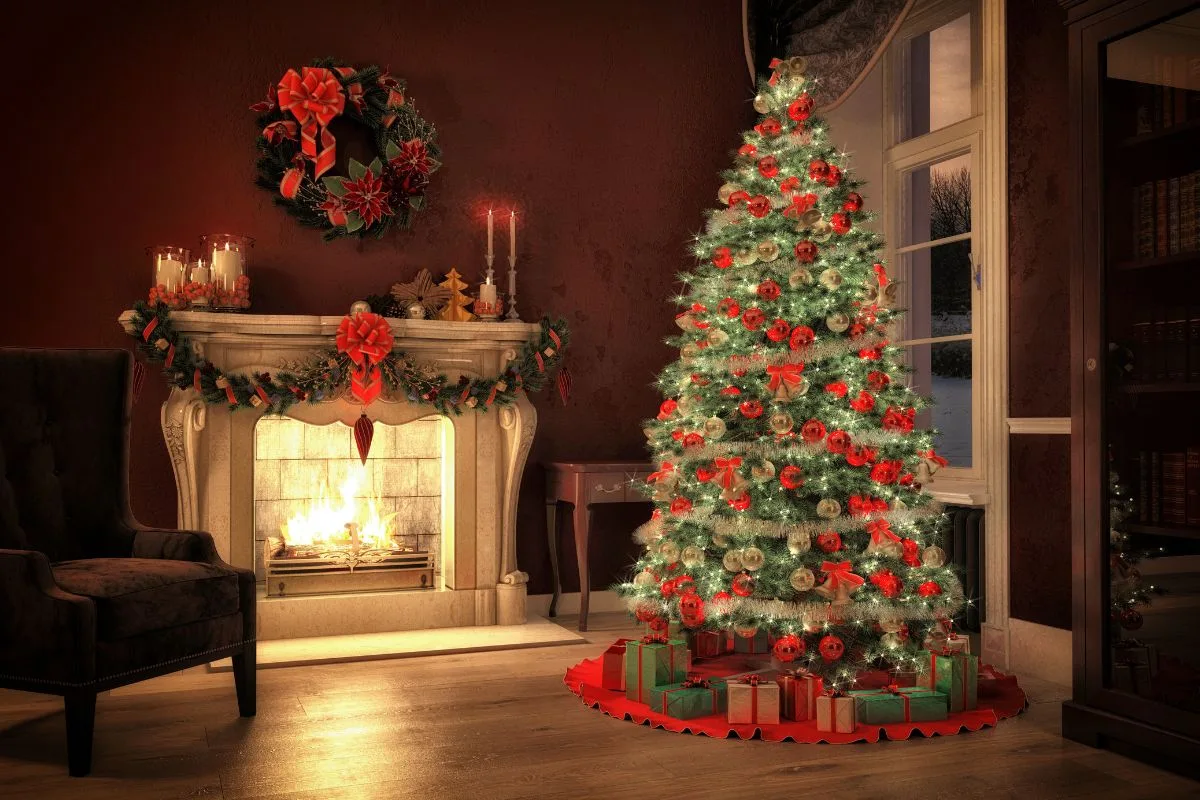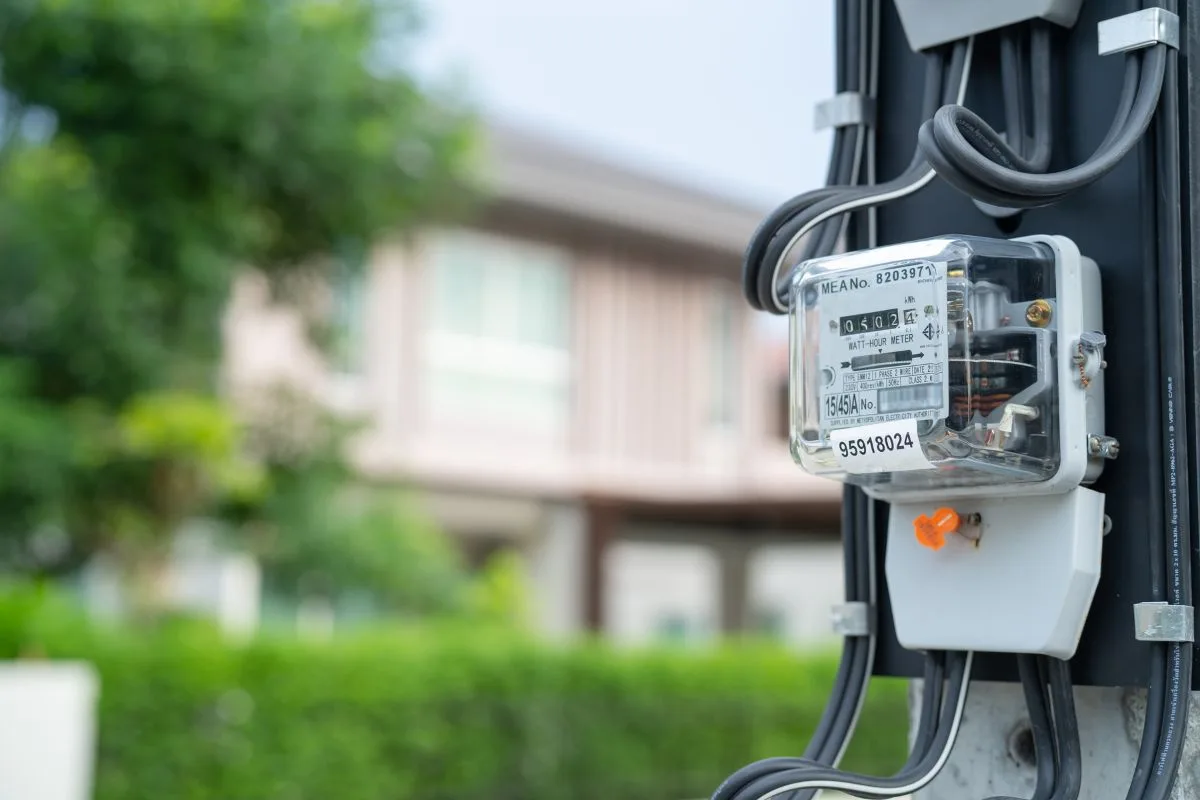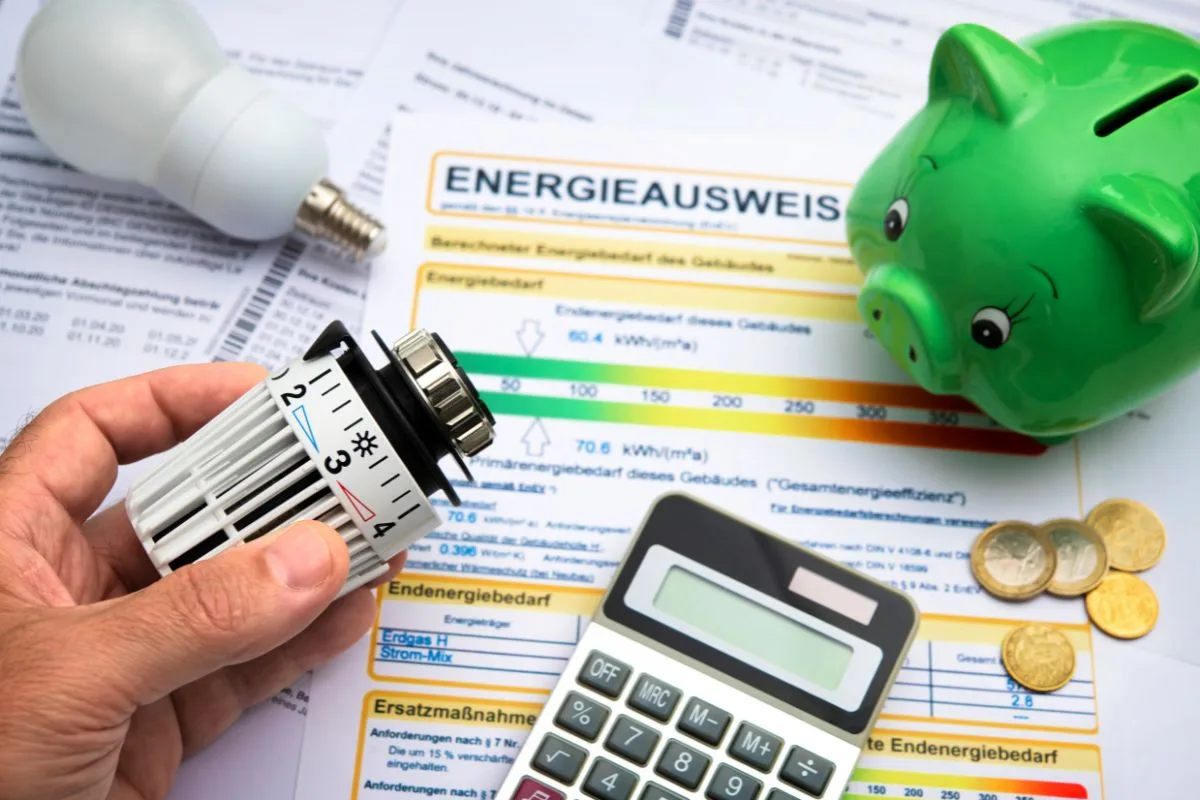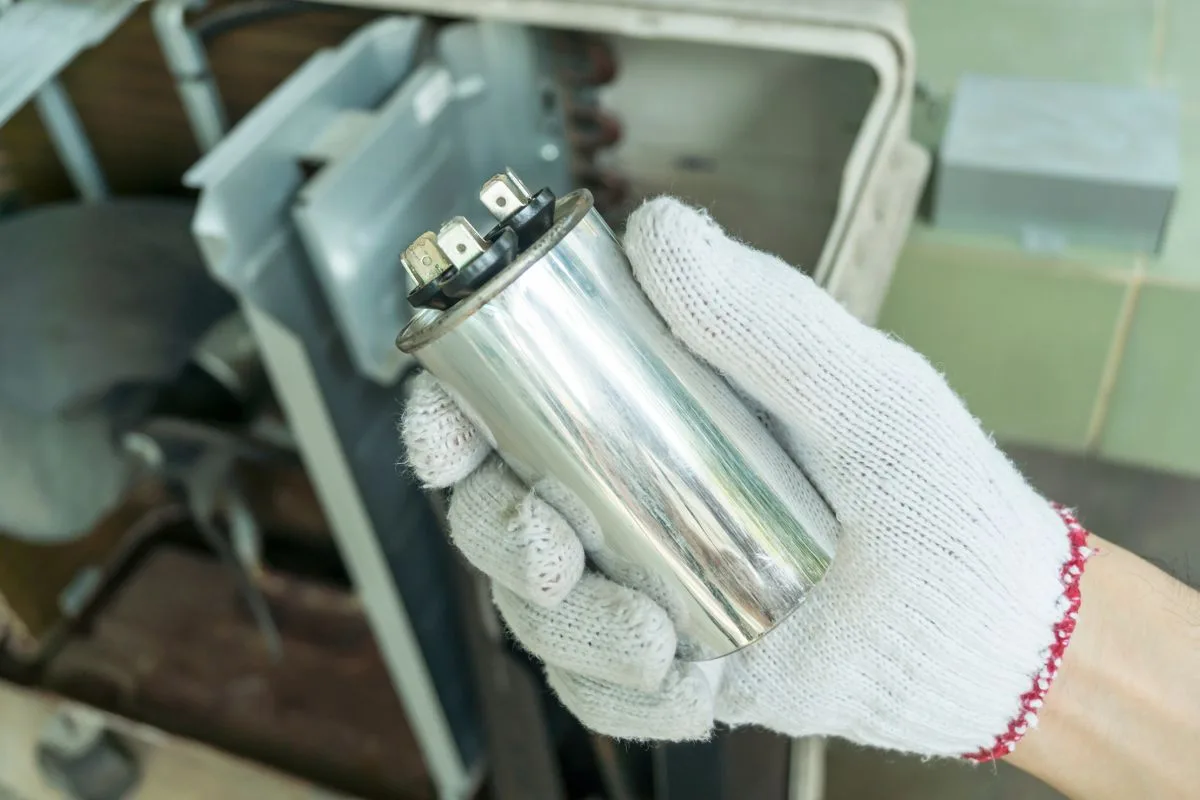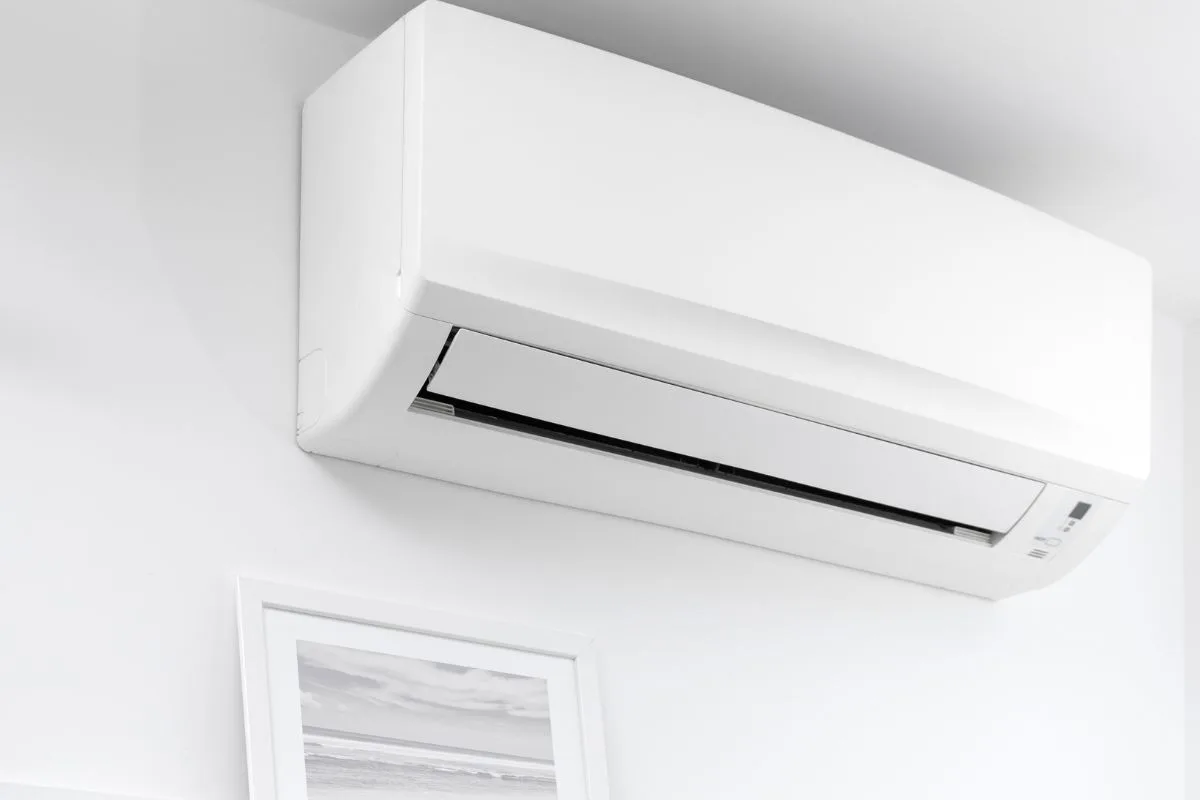What are Energy-Saving Light Bulbs
When we talk about “energy-saving” light bulbs, we’re not just throwing around a catchy phrase. It really does represent a fundamental shift in how we light our homes and offices. The core idea? These bulbs are designed to give you the same amount of light, or even mehr, while sipping significantly less energy. And let’s face it, the whole point of a light bulb is to provide illumination, right? Energy-saving bulbs do just that, but they’re much kinder to your electricity bill. Now, you might be wondering, what exactly do we mean by “efficiency” in this context? Well, it boils down to the ratio of light output, which we measure in Lumen, to the amount of power the bulb consumes, measured in watts. The higher the lumens-per-watt ratio, the more efficient the bulb is. So, how much energy are we actually saving compared to those old-fashioned bulbs? Depending on the type of bulb you’re replacing and the energy-saving alternative you choose, you could be looking at energy savings ranging from a whopping 75% to 90%!
To really understand what makes energy-saving bulbs so special, it helps to compare them to the old-school incandescent bulbs we all grew up with. Incandescent bulbs basically work on a “heat-to-light” principle. How? They send electricity through a thin filament, which heats up until it glows and produces light. The problem is, this process is incredibly inefficient. In fact, a whopping 90% of the energy consumed by an incandescent bulb is wasted as heat! Only about 10% actually gets converted into visible light. So, why is all that heat a problem? Well, for starters, it’s wasted energy, which translates directly into higher electricity bills. And if you live in a warmer climate, all that extra heat can even increase your cooling costs. Plus, it shortens the bulb’s lifespan. Energy-saving bulbs, on the other hand, use fundamentally different mechanisms to produce light. The two main types you’ll encounter are Compact Fluorescent Lamps (CFLs) and Light-Emitting Diodes (LEDs). We’ll dive into the specifics of how each of these works later on. Now, you might be thinking, are CFLs and LEDs the nur energy-saving options out there? While they’re definitely the most common and widely available, halogen incandescents offer a slight improvement over traditional incandescents. However, the energy savings you’ll get from halogens are pretty minimal compared to what you’d see with CFLs and LEDs.
To really get a handle on energy-saving lighting, there are two key concepts you’ll need to understand: Lumen und watts. Lumens are a measure of the total amount of visible light emitted by a light source. So, how do lumens relate to brightness? Well, generally speaking, the more lumens a bulb has, the brighter it will appear. However, it’s worth noting that perceived brightness can also depend on other factors, such as how the light is distributed and the surrounding environment. With energy-saving bulbs, the focus shifts from watts zu Lumen when you’re trying to choose the right bulb for your needs. Watts, on the other hand, measure the rate at which a bulb uses energy. So, does a lower wattage always mean less light? Not with energy-saving bulbs! They’re specifically designed to produce the same amount of light (lumens) while using fewer watts. Now, the real key to evaluating a light bulb’s efficiency is a metric called Lumen pro Watt (LPW). This is calculated by simply dividing the number of lumens a bulb produces by the number of watts it consumes. For example, incandescent bulbs typically have an LPW of around 10-17, while CFLs boast an LPW of 50-70, and LEDs can reach an impressive 70-100 or even higher! Think of it like this: imagine you’re watering your garden. Lumens are like the amount of water flowing out of your hose – the total light output. Watts are like the water pressure you need to apply to get that flow – the energy used. An efficient bulb is like a hose that delivers a lot of water with minimal pressure. In technical terms, it’s maximizing light output while minimizing energy input.
The shift towards energy-efficient lighting isn’t just a trend; it’s a full-blown revolution! Just take a look at the numbers. As of 2023, LEDs accounted for a staggering 60% of global residential lighting sales. That’s a dramatic increase from just a few percent a decade earlier! What’s driving this rapid adoption? Well, it’s a perfect storm of factors, including the steadily falling prices of LEDs, their vastly improved performance, and government regulations that are phasing out those inefficient incandescent bulbs of yesteryear.
How LEDs Work and Why They’re Efficient
Light-Emitting Diodes, or LEDs, represent a completely different way of thinking about lighting compared to those old incandescent bulbs or even fluorescent tubes. They’re a type of Halbleiterbeleuchtung, which basically means they produce light without relying on a filament or a gas. So, what’s the secret behind LEDs? It all comes down to the use of semiconductor materials. These materials, like gallium arsenide or indium gallium nitride, have a special property: they emit light when an electric current is passed through them. Now, you might be asking, what exactly ist a semiconductor? Well, it’s a material that falls somewhere in between a conductor (like copper) and an insulator (like glass) in terms of its electrical conductivity. The cool thing about semiconductors is that we can control their conductivity by adding tiny amounts of impurities, a process called doping. The process that allows LEDs to emit light is called electroluminescence. In a nutshell, when electrons move through the semiconductor material, they release energy in the form of photons, which are tiny particles of light. So, why is this electroluminescence so much more efficient than heating a filament like in an incandescent bulb? Because electroluminescence directly converts electrical energy into light, with very little energy lost as heat. This direct conversion avoids the massive energy losses that occur when you heat a filament to extremely high temperatures. Incandescent bulbs, as we discussed, waste most of their energy heating the filament.
To work their magic correctly and efficiently, LEDs need a special electronic component called an LED-Treiber. The main job of this driver is to regulate the current and voltage that’s supplied to the LED. Why is this regulation so important? Because it’s crucial for keeping the LED performing at its best and for maximizing its lifespan. You might be wondering, why do we even need a driver? Can’t we just hook the LED directly up to a power source? The answer is no. LEDs are very sensitive to changes in current and voltage. The driver makes sure they get a stable and consistent power supply, which prevents damage and helps them last as long as possible. There are two main types of LED drivers you’ll come across: constant current und constant voltage. The type of driver you need depends on how the LED is configured. So, which driver type is better? Well, it really depends on the specific LED and what it’s being used for. Constant current drivers are usually the go-to choice for high-power LEDs, while constant voltage drivers are often used for LED strips and modules.
Even though LEDs are super efficient, they still generate some heat. And believe it or not, managing that heat is crucial for making sure they last a long time. That’s where the Wärmesenke comes in. Even though LEDs produce way less heat than incandescent bulbs, the heat they do generate needs to be dissipated effectively. You might be thinking, why is heat a problem for LEDs if they’re so efficient? Well, even small amounts of heat can degrade an LED’s performance and shorten its lifespan if it’s not managed properly. The heat sink’s job is to draw heat away from the LED and dissipate it into the surrounding air. Heat sinks are usually made of aluminum or other materials that conduct heat well. They’re often designed with fins or other structures that increase the surface area, which helps them dissipate heat more effectively. So, can you tell if a bulb has a good heat sink just by looking at it? Often, you can! Larger, more robust heat sinks with more fins generally indicate better heat dissipation.
One of the biggest selling points of LEDs is their incredibly long lifespan. We’re talking about 15,000 to 25,000 hours or even mehr! That translates to many, many years of typical use. However, unlike incandescent bulbs that suddenly burn out, LEDs experience something called Lumenabschreibung. This means that their light output gradually decreases over time. So, what causes this lumen depreciation? Well, factors like heat, the amount of current flowing through the LED, and the overall quality of the LED components all play a role. To make it easier to compare the lifespan of different LEDs, manufacturers use something called the L70 rating. The L70 rating tells you how long it will take for an LED to reach 70% of its initial light output.
Let’s talk about the “blue light” issue that sometimes gets brought up in connection with LEDs. The concern is that some LED bulbs, especially those with a higher Farbtemperatur (like cool white or daylight bulbs), emit a greater proportion of blue light compared to traditional incandescent bulbs. Now, blue light is a natural part of the visible light spectrum, and it’s present in sunlight. However, excessive exposure to blue light, particularly in the evening, kann potentially disrupt your sleep patterns by suppressing the production of melatonin, a hormone that helps regulate sleep. It’s important to remember that this isn’t just an LED thing; many electronic devices with screens, like your phone and computer, also emit blue light. The good news is that there are ways to mitigate this. You can choose LEDs with a lower color temperature (warm white) for use in the evening, or you can use “night mode” settings on your devices, which filter out blue light. The long-term health effects of low-level blue light exposure from LEDs are still being researched, but current evidence suggests that choosing appropriate color temperatures and limiting your evening exposure is a smart move.
Even though LED technology is incredibly advanced, there’s still room for improvement. One limitation that researchers are working on is something called “droop.” This is a phenomenon where the efficiency of LEDs decreases when you crank up the current. This “droop” effect limits the maximum light output you can get from a single LED chip. That’s why researchers are constantly exploring new semiconductor materials and device designs to try and minimize this issue. Another area of focus is improving the efficiency of green and red LEDs. Currently, these colors are less efficient than blue LEDs, and improving them is crucial for achieving high-quality, full-spectrum white light. Scientists are also investigating the use of quantum dots and other nanomaterials to boost LED performance, including improving color rendering and efficiency. And finally, the development of flexible and transparent LED displays is a really hot area of research right now.
When it comes to making LEDs, engineers use a variety of different semiconductor materials, each with its own set of pros and cons. For example, Gallium Nitride (GaN) is a popular choice for blue and white LEDs because it’s highly efficient and produces a bright light. Indium Gallium Nitride (InGaN) is another interesting material because it allows engineers to fine-tune the color of the light emitted by adjusting the amount of indium it contains. And for red, orange, and yellow LEDs, Aluminum Gallium Indium Phosphide (AlGaInP) is often the material of choice. Ultimately, the material that’s chosen depends on a number of factors, including the desired color, the required efficiency, and the overall cost.
How CFLs Work and Their Benefits
Compact Fluorescent Lamps, or CFLs, are basically a compact version of the fluorescent lighting technology that’s been around for decades. Think of them as smaller, coiled versions of those long fluorescent tubes you often see in offices and commercial spaces. The way CFLs produce light relies on a process called gas discharge. Inside a CFL, you’ll find a mixture of gases, typically argon and a small amount of mercury vapor. When you apply electricity to these gases, it excites the gas atoms. Specifically, the electric current excites the mercury atoms, causing them to release ultraviolet (UV) light. Now, you might be wondering, how does exciting gas create light? Well, the excited gas atoms emit ultraviolet (UV) light, which is invisible to the human eye. To convert this invisible UV light into visible light that we can actually see, the inside of the CFL tube is coated with a Phosphor powder. When the UV light strikes the phosphor, it fluoresces, emitting visible light. So, what exactly ist a phosphor? It’s a substance that absorbs energy (in this case, UV light) and then re-emits it as visible light.
Suchen Sie nach bewegungsaktivierten Lösungen zum Energiesparen?
Wenden Sie sich an uns, wenn Sie komplette PIR-Bewegungsmelder, bewegungsaktivierte Energiesparprodukte, Bewegungsmelderschalter und kommerzielle Präsenz-/Leerstandslösungen benötigen.
Just like LEDs need a driver to function properly, CFLs require a component called a Schotter. The ballast is essentially an electronic circuit that controls the flow of electricity to the CFL. It has two main jobs: regulating the current and providing the necessary starting voltage. Now, you might be wondering, why do CFLs need a ballast when incandescent bulbs don’t? Well, CFLs, like all gas-discharge lamps, require a specific voltage to start and a controlled current to operate. The ballast provides these conditions. Incandescent bulbs, on the other hand, can operate directly from the mains voltage. There are two main types of ballasts you’ll encounter: electronic und magnetic. Electronic ballasts are more efficient and provide flicker-free operation compared to the older magnetic ballasts. So, how can you tell if a CFL has an electronic ballast? Most modern CFLs use electronic ballasts. They typically start instantly without any noticeable flickering, unlike older CFLs with magnetic ballasts.
When it comes to efficiency and lifespan, CFLs offer a significant improvement over incandescent bulbs. They use about 75% less energy to produce the same amount of light! However, it’s worth noting that CFLs are generally less efficient and have a shorter lifespan compared to LEDs. CFLs typically last for around 8,000 to 10,000 hours. So, why are CFLs less efficient than LEDs? Well, even though CFLs are more efficient than incandescents, they still lose some energy as heat during the gas excitation and UV-to-visible light conversion processes. LEDs, on the other hand, convert electricity to light more directly.
Now, let’s address some of the common concerns that people often have about CFLs. One issue that sometimes comes up is the warm-up time. Some CFLs can take a few seconds to reach their full brightness. This is because it takes a little time for the gas inside the bulb to fully ionize and for the phosphor coating to reach its optimal operating temperature. Are there CFLs that don’t have a warm-up time? Some newer CFLs have definitely improved their warm-up times, but most still have a slight delay. Another concern is flickering. Older CFLs that use magnetic ballasts can sometimes flicker. This is due to the alternating current (AC) power supply. However, CFLs with electronic ballasts minimize or eliminate this flickering. Finally, there’s the issue of mercury content. It’s true that CFLs contain a small amount of mercury. Mercury is essential for the operation of CFLs, but the amount is actually very small. A typical CFL contains less than 5 milligrams of mercury, which is a tiny amount compared to older mercury-containing devices. Is the mercury in CFLs dangerous? The mercury is contained within the glass tube and poses minimal risk during normal use. However, it’s important to handle broken CFLs carefully, which we’ll discuss in the disposal section.
Choosing the Right Bulb
So, you’re ready to make the switch to energy-saving bulbs, but how do you choose the right one? Well, it involves considering a few factors to make sure you get the perfect match for your specific needs and preferences. The first thing you’ll want to think about is light output, which is measured in Lumen. Understanding lumen equivalents is key when you’re replacing those old incandescent bulbs. Here’s a quick guide: a 40W incandescent bulb puts out about 450 lumens, a 60W bulb is around 800 lumens, a 75W bulb gives you roughly 1100 lumens, and a 100W bulb produces about 1600 lumens. Energy-saving bulbs, whether they’re CFLs or LEDs, will always list their lumen output and often a “wattage equivalent” on the packaging. Now, you might be asking yourself, how many lumens do I actually need for a specific room or task? Well, it really depends on the size of the room, what you’re using the room for, and your own personal preferences. For general lighting in a living room, something in the range of 800-1600 lumens might be just right. If you’re looking for task lighting, like for reading, you might want something brighter, like 450-800 lumens or even more, depending on how far you are from the light source. Kitchens and workspaces usually benefit from brighter light, so you might want to aim for 1100-1600 lumens or higher. Another thing to consider is the directionality of the light. LEDs tend to be more directional than CFLs. This means that LEDs might be a better choice for task lighting or spotlights, while CFLs might be better for general, ambient lighting. One last thing: it’s generally safe to use an LED bulb with a higher “wattage equivalent” in a fixture that’s rated for a lower wattage incandescent. The “wattage equivalent” just refers to how bright the LED is compared to an incandescent, it’s nicht how much power it actually uses. Because LEDs use so much less power to produce the same amount of light, a 60W-equivalent LED might only consume 9W of power. The fixture’s wattage rating is based on the heat generated by an incandescent bulb, and since LEDs generate much less heat, using a higher-equivalent LED is usually not a safety concern. However, always double-check the fixture’s maximum wattage rating and make sure the actual wattage of the LED bulb doesn’t exceed it.
Beyond just brightness, the Farbtemperatur of a light bulb can have a huge impact on the overall feel of a room. Color temperature is measured in Kelvin (K) and describes the color appearance of the light, ranging from warm (yellowish) to cool (bluish). Warm white bulbs (2700K-3000K) are similar to incandescent bulbs, creating a cozy and relaxing atmosphere. They’re often preferred for living rooms and bedrooms. Neutral white bulbs (3500K-4100K) offer a more balanced and versatile white light, making them suitable for kitchens and workspaces. Cool white bulbs (5000K-6500K) provide a brighter, more energetic white light, which is often used in kitchens, bathrooms, and garages. Daylight bulbs (5000K-6500K, often labeled as such) mimic natural daylight and are great for tasks that require high visual acuity, such as reading or sewing. So, can you mix different color temperatures in the same room? Yes, you can, but it’s generally best to stick with consistent color temperatures within a single fixture or area to avoid a jarring or uneven look.
Another factor you’ll want to consider is the Farbwiedergabe-Index, or CRI. The CRI measures how accurately a light source renders colors compared to natural daylight. The higher the CRI (with 100 being the maximum), the better the color rendering will be. So, why is CRI important? A high CRI is important for tasks where it’s crucial to see colors accurately, such as reading, creating artwork, or applying makeup. For reference, incandescent bulbs have a CRI of 100. CFLs typically have a CRI of 80-85, while LEDs can range from 80 to 95 or even higher. Do you need a high CRI for alle of your lighting? Not necessarily. A CRI of 80 or higher is generally fine for most everyday tasks. However, if you’re doing something where color accuracy is really important, you’ll want to look for bulbs with a CRI of 90 or higher.
Of course, you’ll also need to consider the physical characteristics of the bulb, namely its shape and base type. These are crucial for making sure the bulb is actually compatible with your fixtures! Different fixtures require different bulb shapes. Some common bulb shapes include A-shape, globe, candelabra, and reflector. A-shape bulbs are the traditional, pear-shaped bulbs that most of us are familiar with. Globe bulbs are spherical. Candelabra bulbs are smaller and are often used in chandeliers. Reflektor bulbs have a reflective coating that directs the light in a specific direction. The base type also has to match the socket in your fixture. Some common base types include E26 (the standard medium base), E12 (the candelabra base), and GU24. The E26 is the standard screw-in base that you’ll find in most household lamps. The E12 is a smaller screw-in base that’s used for candelabra bulbs. And the GU24 is a two-pin base that’s often used in newer fixtures. So, how do you know which bulb shape and base type you need? The best thing to do is to check the existing bulb or the fixture itself for any markings that indicate the required shape and base type.
If you like to adjust the brightness of your lights, you’ll also want to think about dimmability. Keep in mind that not all energy-saving bulbs are dimmable. Dimmable bulbs need special circuitry that allows you to adjust their light output. It’s also important to make sure that the bulb is compatible with your dimmer switch. Using a non-dimmable bulb with a dimmer switch can cause flickering, buzzing, or even damage to the bulb or the switch. And some dimmable LEDs might require specific LED-compatible dimmer switches. So, how can you tell if a bulb is dimmable? Dimmable bulbs are usually labeled as such on the packaging.
If you need a bulb for outdoor use, it’s essential to make sure it’s specifically rated for that purpose. Many energy-saving bulbs, both CFLs and LEDs, can be used outdoors, but you’ll want to check the bulb’s packaging for specific ratings. Look for bulbs that are labeled as “outdoor” or “wet location” rated. These bulbs are designed to withstand exposure to moisture and temperature fluctuations. If you’re using the bulb in an enclosed fixture, keep in mind that these fixtures can trap heat, so you’ll want to make sure the bulb is also rated for enclosed use. Finally, LEDs are generally more tolerant of cold temperatures than CFLs. CFLs can sometimes have trouble starting or reaching their full brightness in very cold weather.
Last but not least, you’ll want to consider the lifespan of the bulb. As we discussed earlier, LEDs generally have a longer lifespan than CFLs. But remember that the actual lifespan of a bulb can be affected by a number of factors, including your usage patterns, the operating environment, and the overall quality of the bulb. So, how accurate are those lifespan ratings that you see on the bulb packaging? Well, those ratings are based on standardized testing, but the actual lifespan you experience can vary depending on your real-world conditions.
Smart Bulb Features and Integration
Let’s move on to smart bulbs! Smart bulbs are basically LED bulbs with some extra bells and whistles: added connectivity and control features. This means you can do things like control your lights remotely and automate them, going way beyond the simple on/off switch. These bulbs use different wireless communication protocols to connect to your home network or devices. You’ve probably heard of some of them: Wi-Fi, Bluetooth, Zigbeeund Z-Wave. Wi-Fi connects directly to your router, Bluetooth connects directly to your phone or other devices (but has a shorter range), and Zigbee und Z-Wave are mesh networks that require a hub but are designed to be low-power. So, which wireless protocol is the best? Well, each one has its own advantages and disadvantages. Wi-Fi is widely available, but it can use more energy. Zigbee und Z-Wave are low-power, but they need a hub. And Bluetooth is simple, but its range is limited. You can usually control smart bulbs using a smartphone app or a voice assistant like Alexa or Google Assistant.
Smart bulbs come packed with features that give you more control and convenience:
- Remote control: Turn your lights on or off from anywhere you have an internet connection.
- Scheduling: Set your lights to automatically turn on or off at specific times.
- Dimming and color changing: Adjust the brightness and color of your lights (but keep in mind that not all smart bulbs can change color – only those designed as color-changing or “tunable white” bulbs can do that).
- Scene creation: Set multiple lights to specific brightness and color settings with a single command to create the perfect ambiance.
- Geofencing: Have your lights automatically turn on or off based on your location.
- Energy monitoring: Track how much energy each individual bulb is using.
Smart bulbs really shine when you integrate them into a larger smart home system. They’re compatible with a bunch of popular platforms, like Amazon Alexa, Google Assistant, Apple HomeKit, and Samsung SmartThings. This integration lets you control your lights with your voice! Just say the word, and you can turn your lights on or off, dim them, or change their color. It also opens up a world of automation possibilities. You can create automated routines that involve your lights and other smart home devices. For example, you could set your lights to automatically turn on when you unlock your front door, or dim when you start watching a movie. Now, you might be wondering, can you use smart bulbs without a smart home hub? The answer is, it depends. Some smart bulbs, typically the ones that connect via Wi-Fi, can connect directly to your home network and be controlled through an app without needing a hub. But other smart bulbs, like the ones that use Zigbee or Z-Wave, do require a hub to function.
Smart bulbs definitely have a lot to offer, but it’s important to weigh the pros and cons before you take the plunge. On the plus side, they offer a ton of convenience, can help you save energy through scheduling and dimming, enhance your home security with remote control capabilities, and give you a high degree of customization. However, there are also some drawbacks to consider. Smart bulbs typically have a higher initial cost than traditional bulbs. They can also introduce potential security vulnerabilities, rely on a stable internet connection (at least for some models), and can be a bit complex to set up. So, are smart bulbs worth the extra cost? It really depends on your individual needs and preferences. If you value convenience, automation, and the ability to really fine-tune your lighting, then smart bulbs can definitely be a worthwhile investment.
Are Energy-Saving Bulbs Worth It?
So, are energy-saving bulbs really “worth it” in the long run? To figure that out, it’s essential to do a little cost-benefit analysis. This basically means comparing the initial cost of the bulb with the savings you’ll get over its lifetime. It’s true that energy-saving bulbs, especially LEDs, typically have a higher upfront cost than those old-fashioned incandescent bulbs. But the long-term savings you’ll get from reduced energy consumption and a longer lifespan can really add up.
Let’s break down how to calculate those energy savings. It’s actually pretty straightforward:
Vielleicht sind Sie interessiert an
- Step 1: Figure out the wattage difference between your old bulb and your new energy-saving bulb.
- Step 2: Calculate the annual energy consumption of each bulb. The formula is: (wattage x hours of use per day x days of use per year) / 1000 = kWh (kilowatt-hours).
- Step 3: Calculate the annual energy cost of each bulb by multiplying the kWh by your electricity cost per kWh. You can usually find this information on your electricity bill.
- Step 4: Calculate your annual energy savings by subtracting the new bulb’s cost from the old bulb’s cost.
Let’s look at an example: say you’re replacing a 60W incandescent bulb that you use for 3 hours a day with a 10W LED.
- Step 1: Wattage difference = 60W – 10W = 50W
- Step 2: Incandescent: (60W * 3h/day * 365days/year) / 1000 = 65.7 kWh/year. LED: (10W * 3h/day * 365 days/year) / 1000 = 10.95 kWh/year
- Step 3: Let’s say your electricity costs $0.15/kWh. Incandescent cost = 65.7 kWh * $0.15/kWh = $9.86/year. LED cost = 10.95 kWh * $0.15/kWh = $1.64/year.
- Step 4: Annual savings = $9.86 – $1.64 = $8.22/year.
But the energy savings aren’t the only way you’ll save money. Energy-saving bulbs also last a lot longer than traditional bulbs, which means you won’t have to replace them as often. Here’s how to calculate those lifespan savings:
- Step 1: Find out the lifespan of each bulb in hours.
- Step 2: Figure out how many bulbs of each type you’ll need over a specific period (let’s say 10 years).
- Step 3: Calculate the total cost of bulbs over that 10-year period by multiplying the number of bulbs you’ll need by the cost per bulb.
To get the full picture of your savings, you’ll need to combine your annual energy savings with the savings you get from not having to replace bulbs as often over a given period. The payback period is the amount of time it takes for those energy savings to offset the higher initial cost of the energy-saving bulb. For CFLs, the payback period is usually around 1-2 years. For LEDs, it can range from just a few months to a few years, depending on how much you use the bulb and how much electricity costs in your area.
Beyond the cost savings, energy-saving bulbs offer some pretty significant environmental benefits. Using less energy means lower greenhouse gas emissions, and replacing bulbs less often means less waste. How big of an impact can switching to energy-saving bulbs really have? Well, while the impact of a single bulb might seem small, the cumulative effect of everyone switching to energy-saving lighting is huge. It can lead to significant reductions in energy consumption and carbon emissions. In fact, widespread adoption of LED lighting could reduce global carbon emissions by hundreds of millions of tons per year! Of course, it’s important to remember that the manufacturing process for energy-saving bulbs does have an environmental footprint. LED manufacturing requires energy and resources, including the extraction and processing of raw materials like gallium, indium, and rare earth elements. And the production of electronic components, like the LED driver, also contributes to the overall impact. CFL manufacturing involves the use of mercury, which, even though it’s a small amount, requires careful handling and disposal. However, the longer lifespan and significantly lower energy consumption of both LEDs and CFLs, compared to incandescents, generally mean a lower overall environmental footprint over their entire lifecycle, even when you factor in the manufacturing impacts. Scientists use something called Life cycle assessments (LCAs) to get a comprehensive picture of these impacts.
Even with all those benefits, you might still have some concerns about making the switch to energy-saving bulbs. One common concern is the higher upfront cost. But remember to factor in those long-term savings and the payback period. Another concern is light quality. Some people worry that energy-saving bulbs won’t provide the same warm and inviting light as incandescent bulbs. But thanks to advancements in CFL and LED technology, the light quality has improved dramatically. You can now find energy-saving bulbs with excellent color rendering and dimming capabilities. So, are energy-saving bulbs as “warm” and “inviting” as incandescent bulbs? Absolutely! Modern energy-saving bulbs, especially LEDs, come in a wide range of color temperatures, including warm white options that closely mimic the look and feel of incandescent light.
Lassen Sie sich von den Portfolios der Rayzeek-Bewegungssensoren inspirieren.
Sie haben nicht gefunden, was Sie suchen? Keine Sorge! Es gibt immer alternative Möglichkeiten, Ihre Probleme zu lösen. Vielleicht kann eines unserer Portfolios helfen.
Finally, it’s worth noting that energy-saving lighting, especially LEDs, is becoming more and more integrated into the broader world of smart homes and the Internet of Things (IoT). The IoT refers to the network of physical devices, vehicles, home appliances, and other items embedded with electronics, software, sensors, actuators, and network connectivity that enable these objects to collect and exchange data. Smart bulbs, with their connectivity and control features, aren’t just about saving energy anymore. They’re becoming part of a larger trend toward home automation and data-driven energy management. This integration allows for more sophisticated control and optimization of your lighting, which can lead to even greater energy savings and a better overall user experience.
Responsible Disposal and Recycling
When it comes to getting rid of old incandescent bulbs, you can usually just toss them in your regular trash. But you might be wondering, can incandescent bulbs be recycled? Well, technically, yes, the materials könnte be recycled. However, it’s generally not economically feasible because the materials have a low value and it’s difficult to separate them.
CFL bulbs need a little extra care when it comes to disposal because they contain a small amount of mercury. So, what should you do if you accidentally break a CFL bulb? Here’s a step-by-step guide:
- Ventilate the area by opening windows and doors for 5-10 minutes.
- Carefully scoop up the broken glass and powder using stiff paper or cardboard.
- Use sticky tape to pick up any remaining small fragments.
- Wipe the area clean with damp paper towels.
- Place all cleanup materials in a sealed plastic bag or glass jar.
- Dispose of the sealed container according to your local regulations. This might involve taking it to a recycling center or a designated hazardous waste collection site.
Important: Do not use a vacuum cleaner to clean up a broken CFL bulb!
Recycling CFLs is super important because it prevents that mercury from getting into the environment. Where can you recycle CFL bulbs? A lot of retailers, like home improvement stores and hardware stores, offer CFL recycling programs. You can also check with your local waste management facility to see if they have designated collection points. And of course, the best way to dispose of a CFL bulb is to avoid breaking it in the first place!
LED bulbs are a bit easier to deal with because they don’t contain any mercury. This makes them generally safer to handle than CFLs. However, even though they don’t contain mercury, it’s still a good idea to recycle LEDs. Recycling helps us recover valuable materials like metals and plastics. So, are LEDs as important to recycle as CFLs? Well, it’s not quite as critical since they don’t contain mercury, but recycling them is still a great way to conserve resources and reduce electronic waste. You can recycle LEDs in the same way you recycle CFLs: check with retailers or your local waste management facility. Can you just throw LEDs in the trash? While it’s not as environmentally damaging as tossing CFLs, it’s always better to recycle to conserve those valuable resources.
No matter what type of bulb you’re dealing with, there are a few general recycling guidelines that apply. First and foremost, always check your local regulations. Recycling programs and requirements can vary quite a bit depending on where you live. Also, be sure to handle bulbs carefully to avoid breakage during transport. Finally, you might be wondering, why is it so important to recycle light bulbs in the first place? Recycling conserves valuable resources, reduces landfill waste, and prevents the release of potentially harmful substances (like mercury) into the environment.

